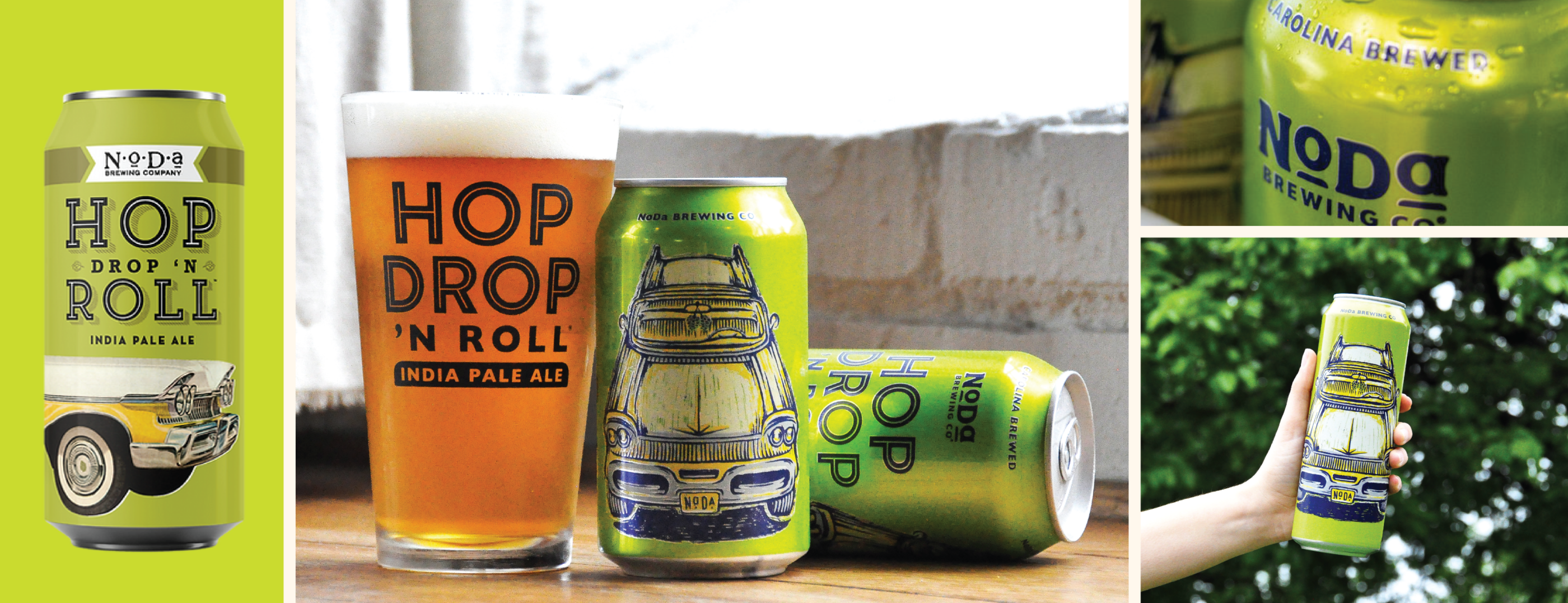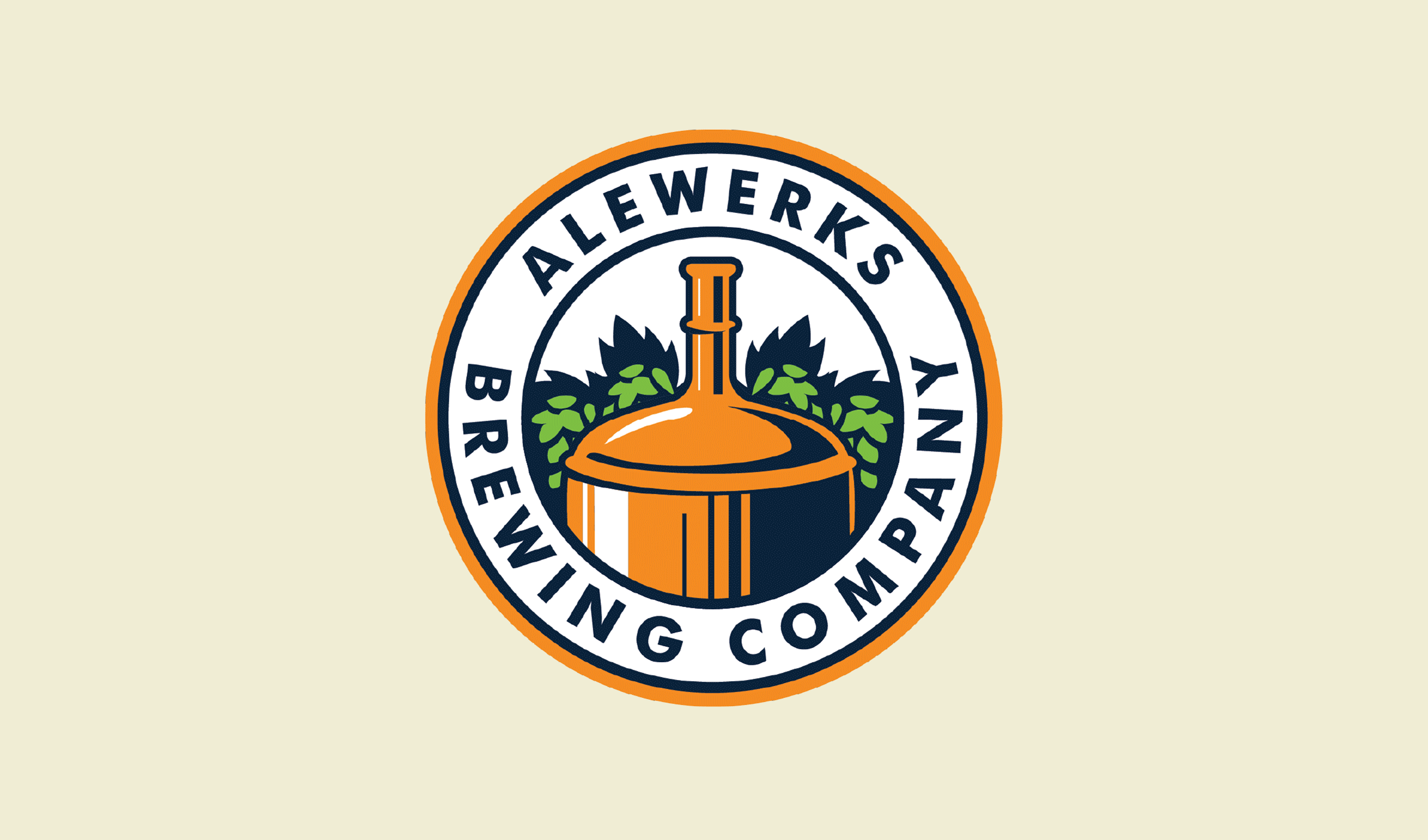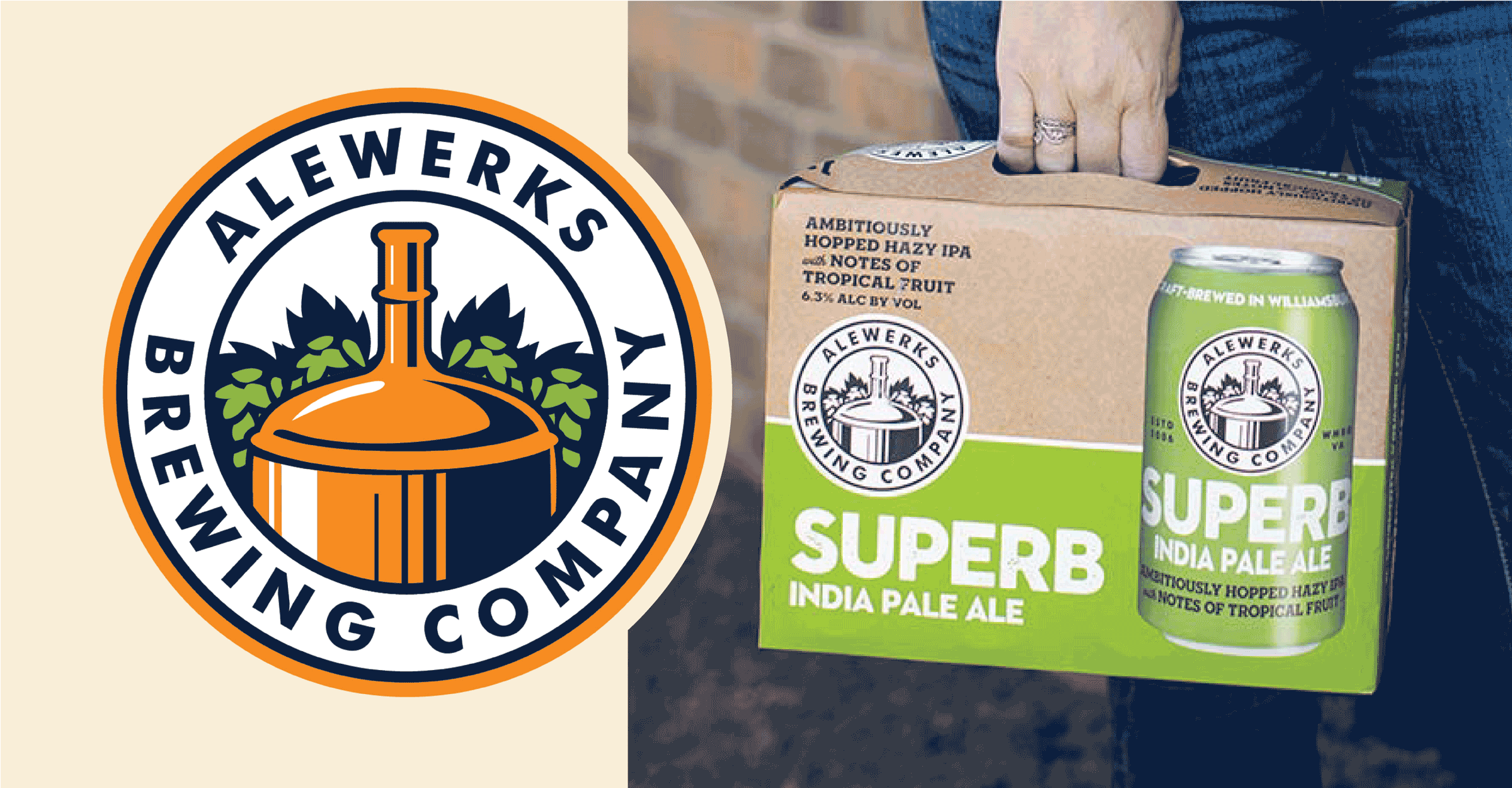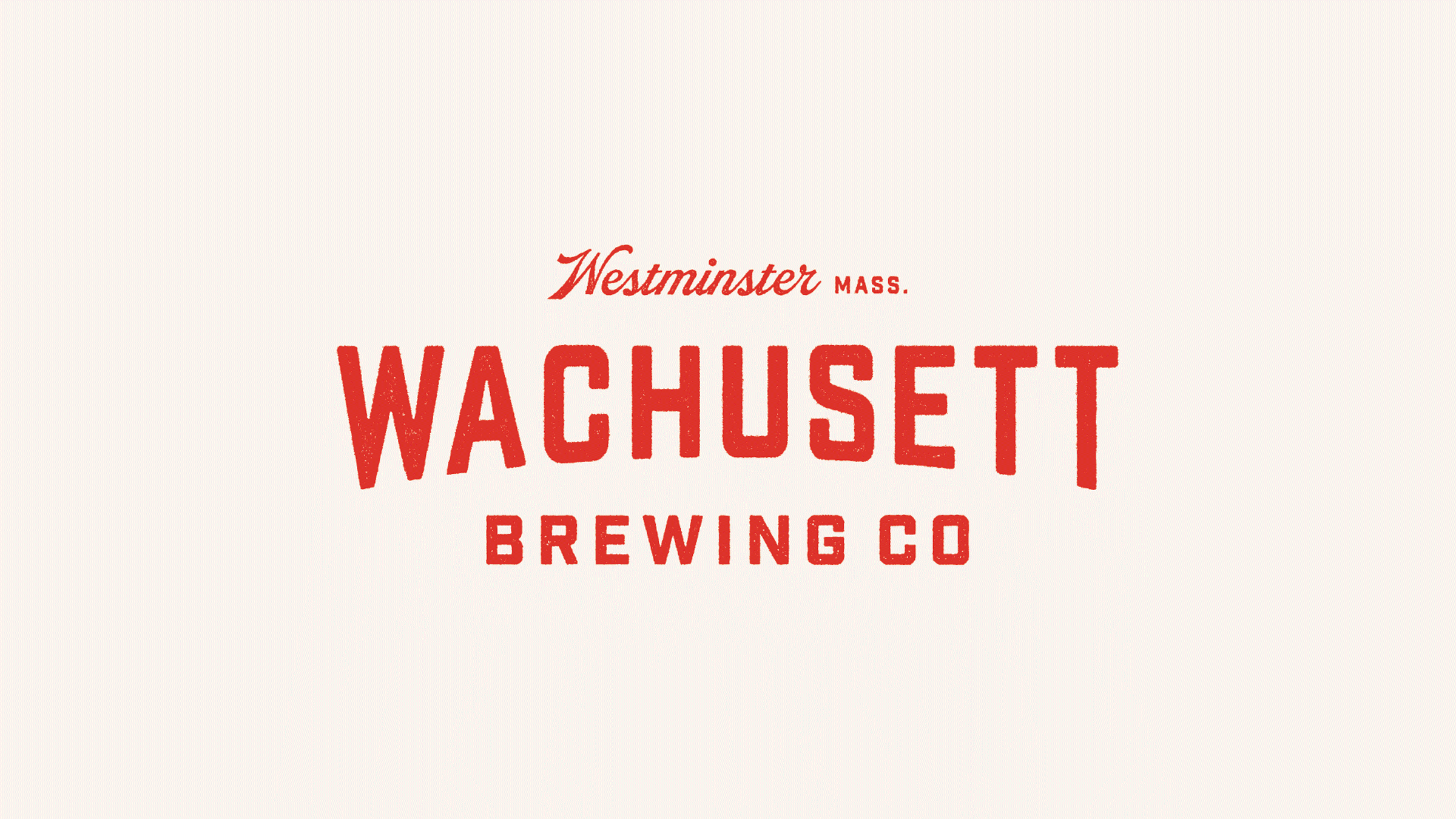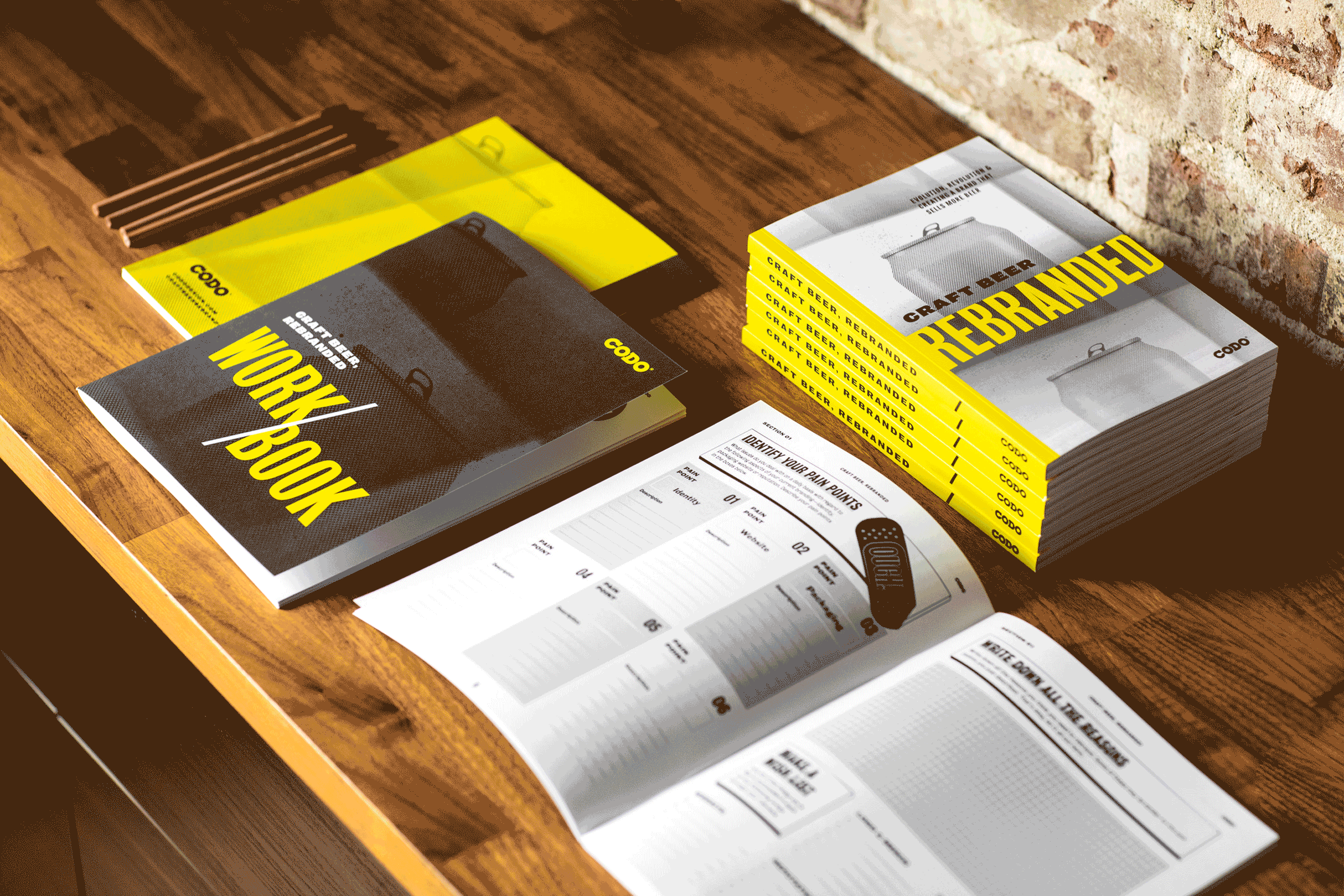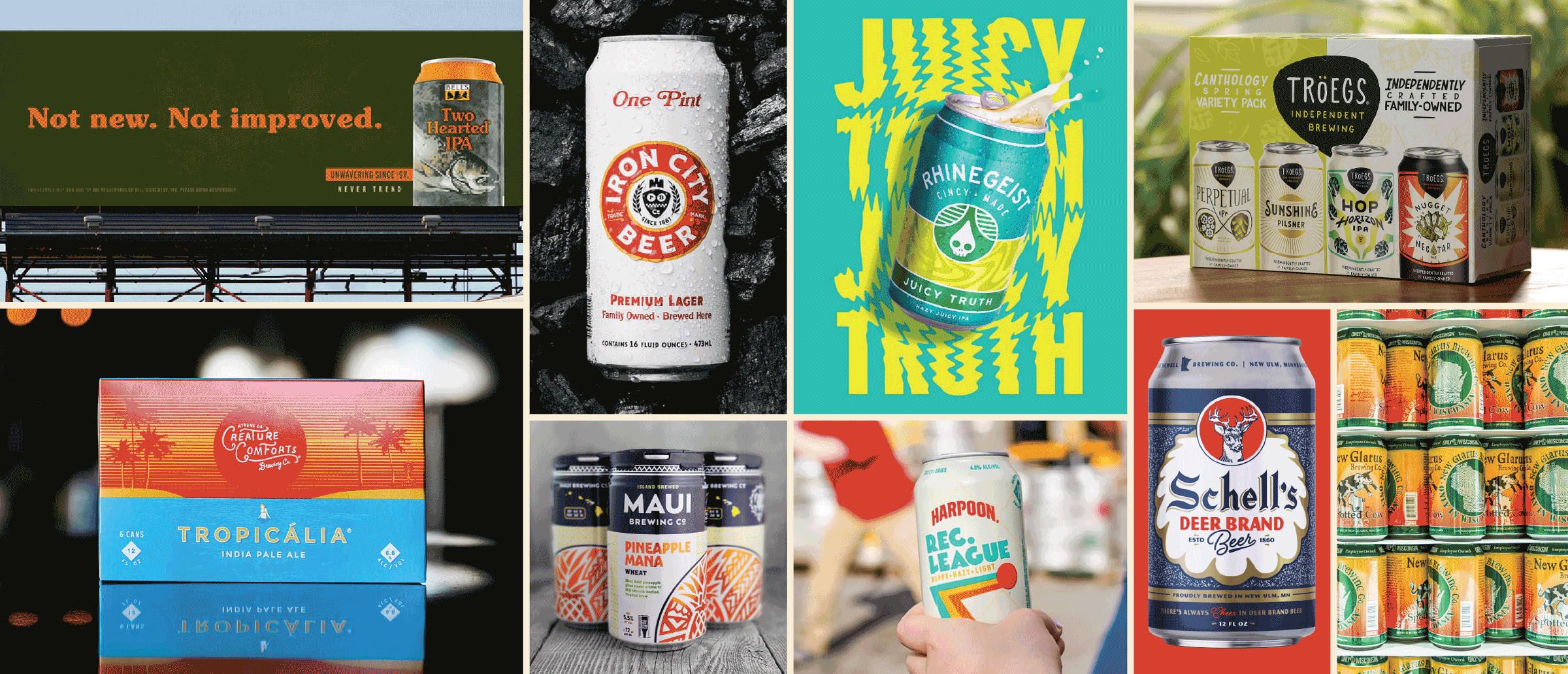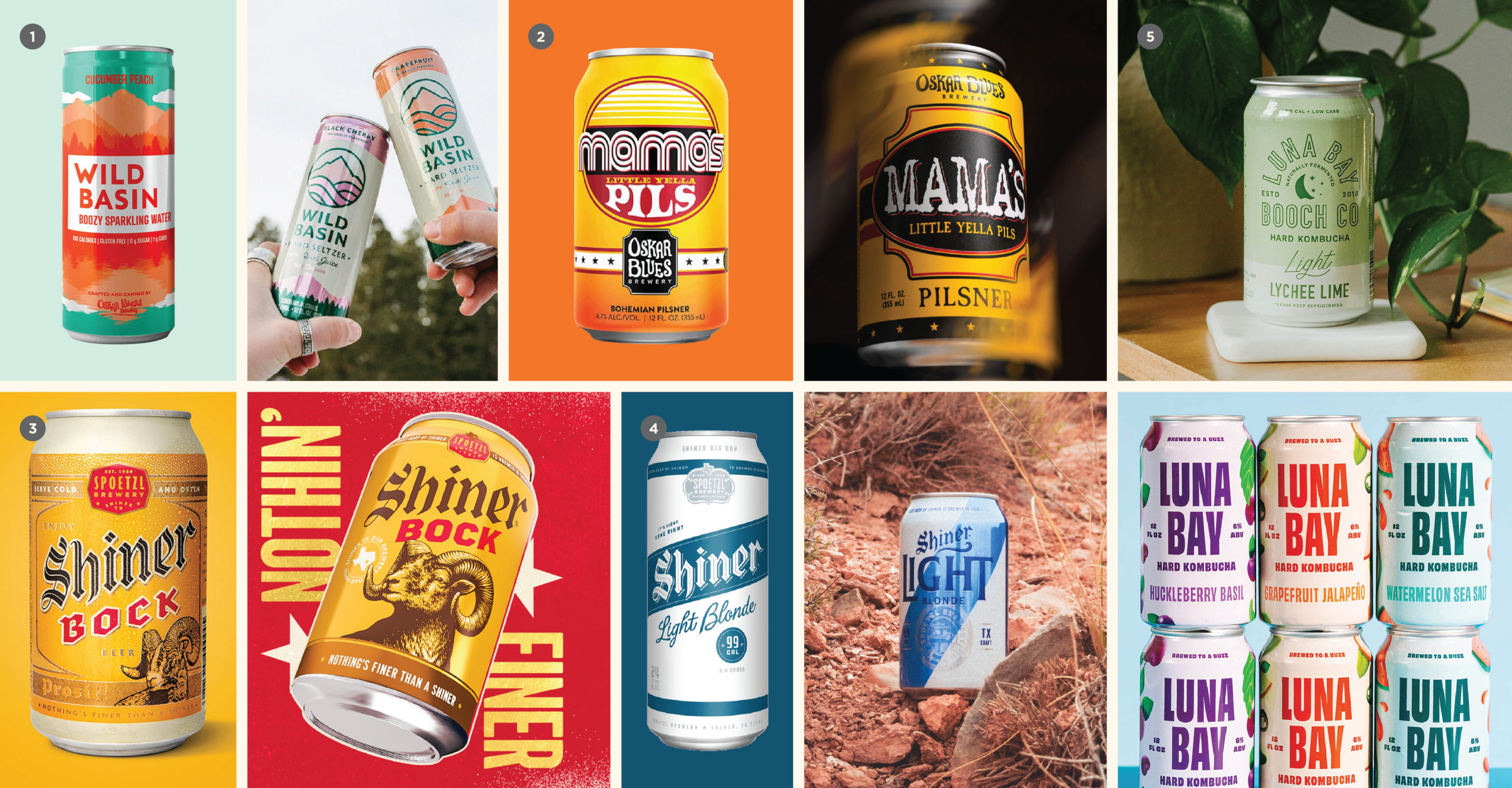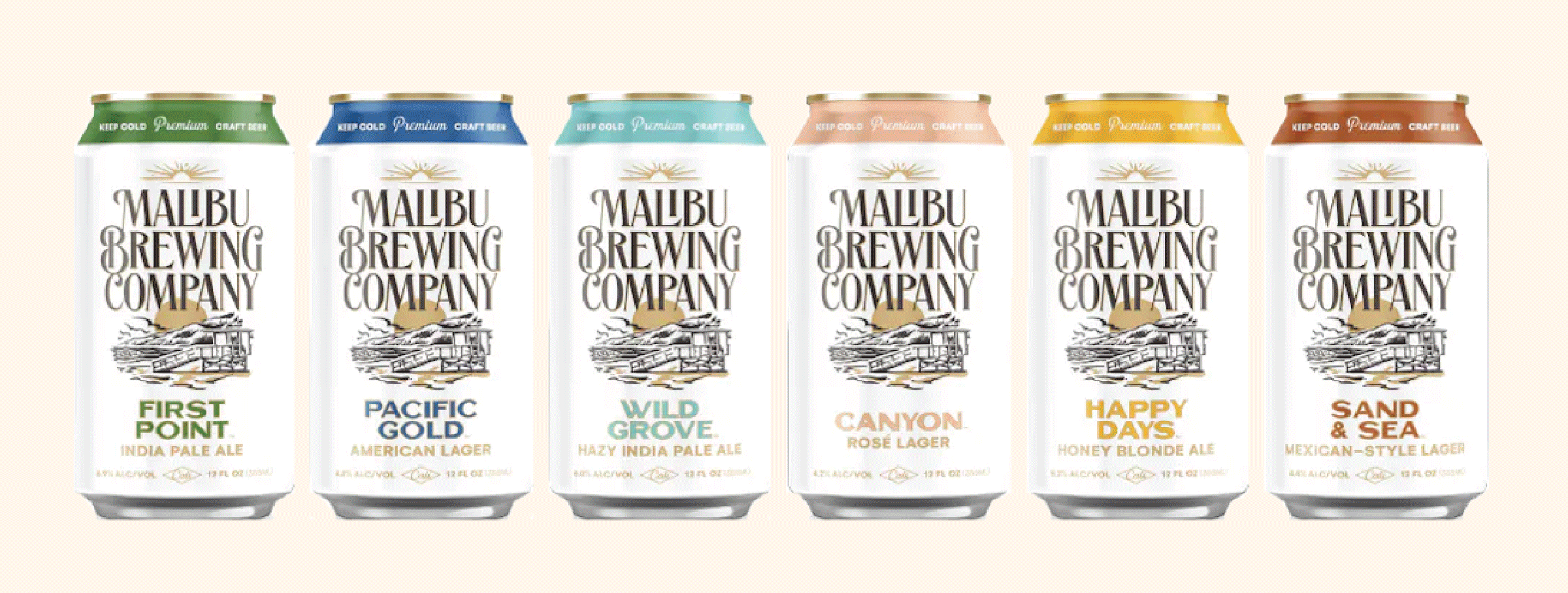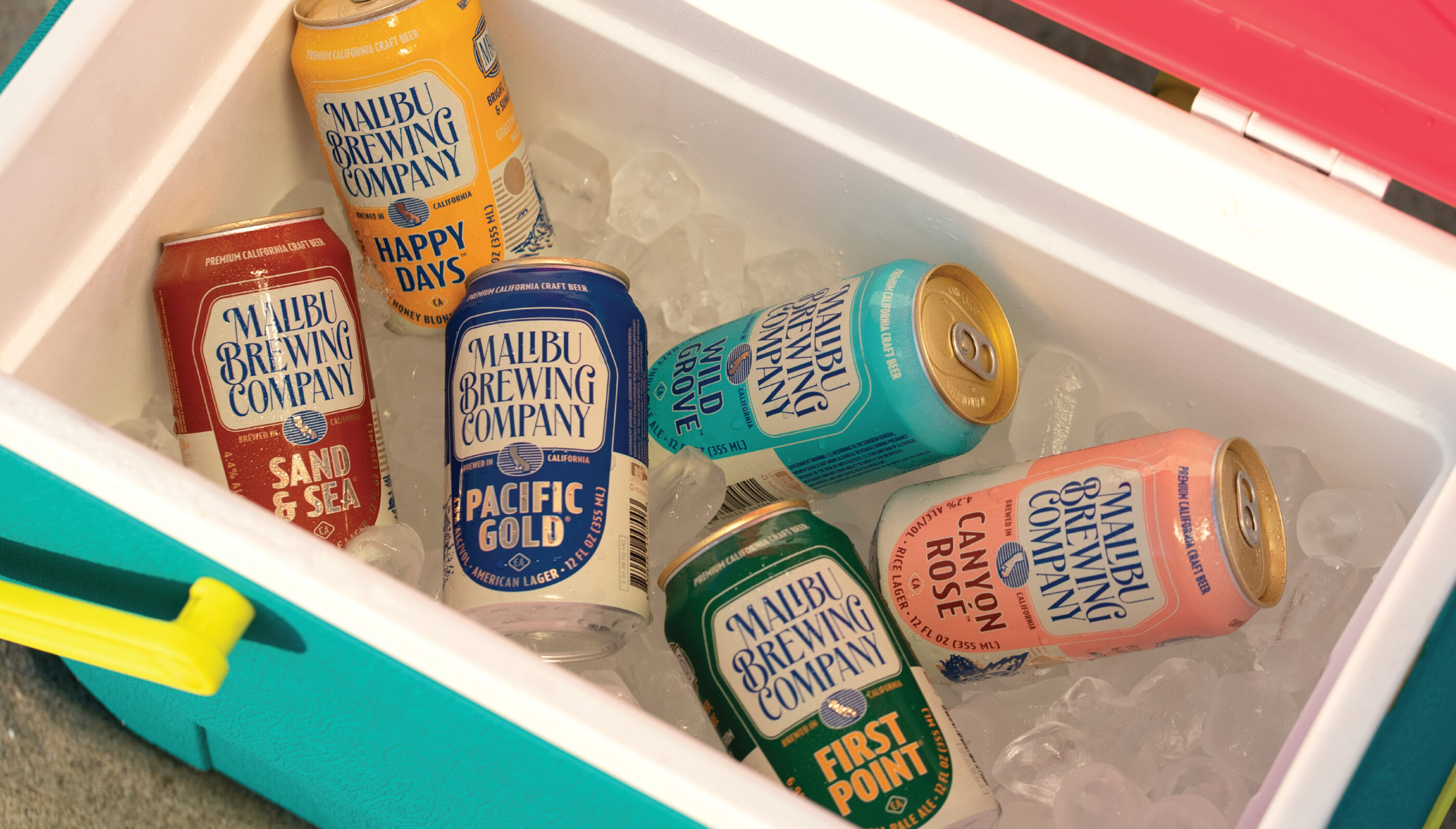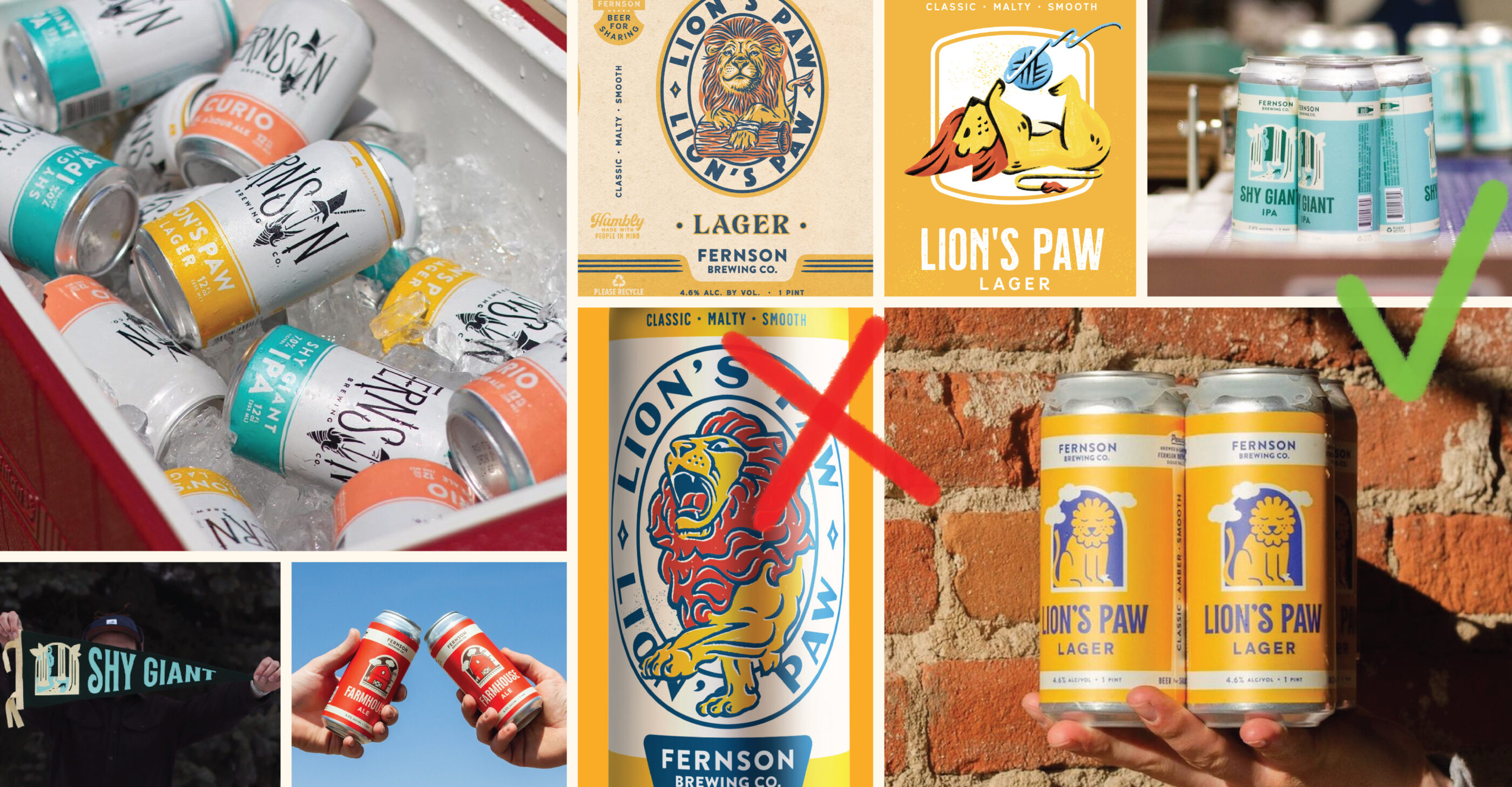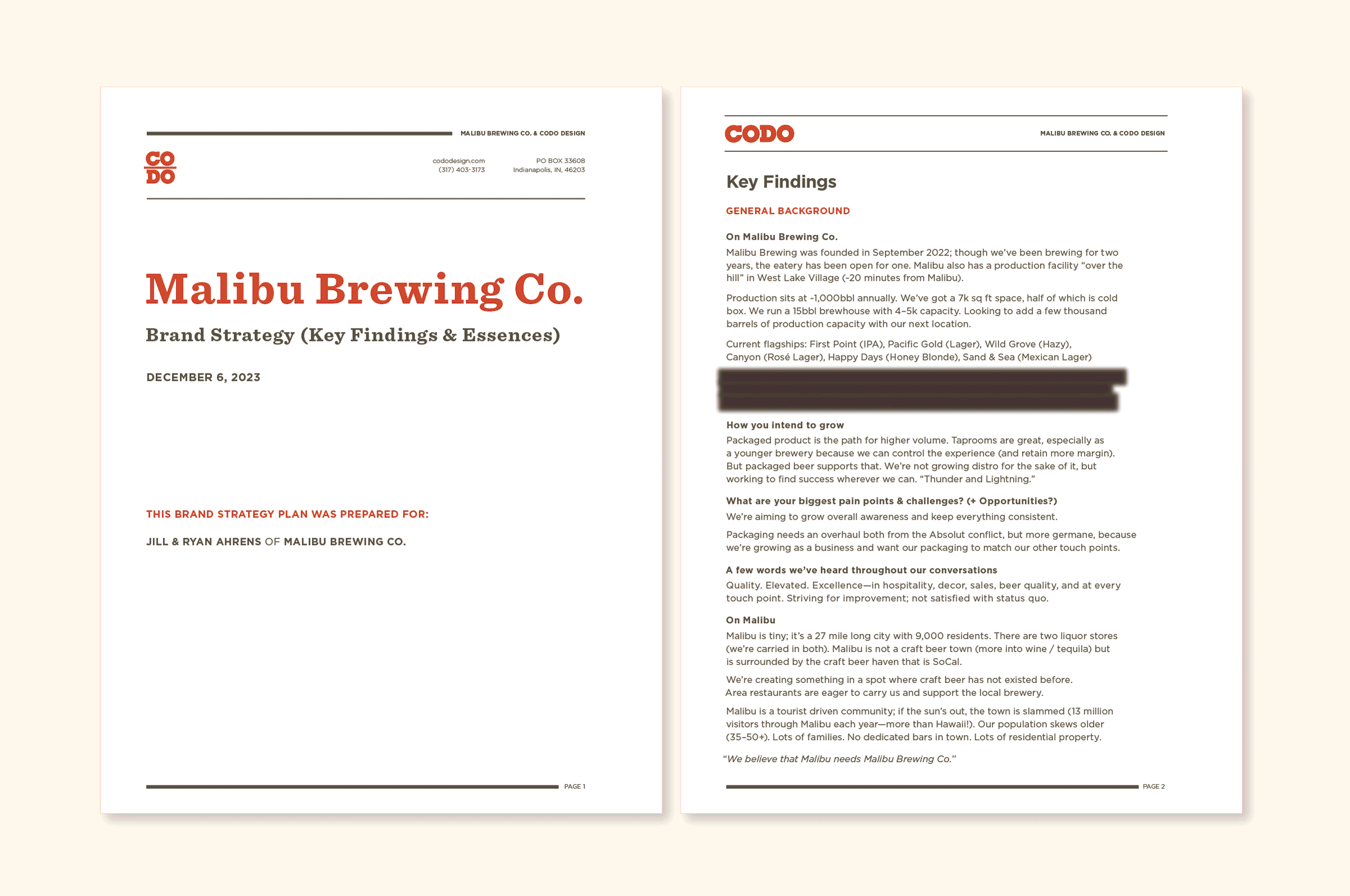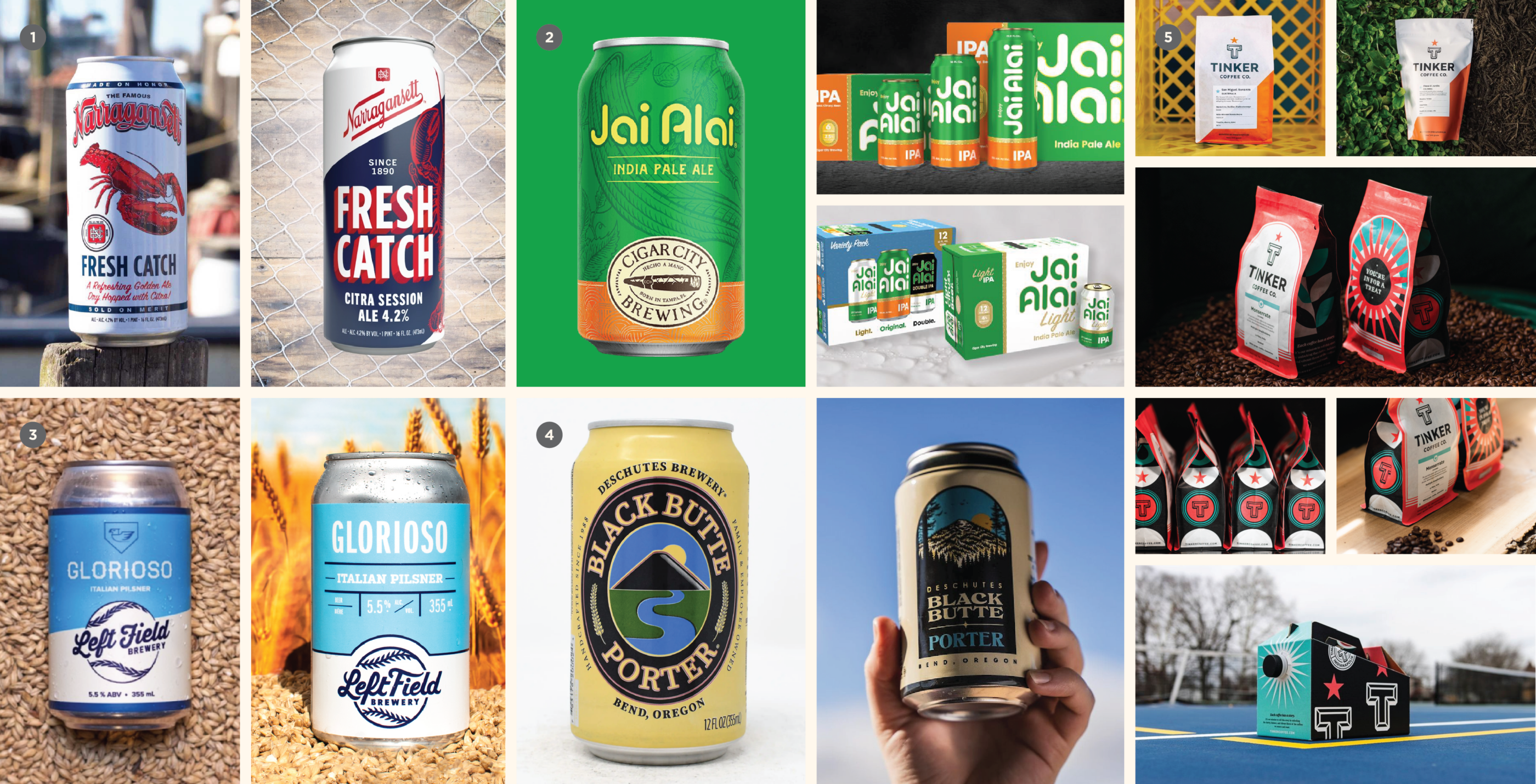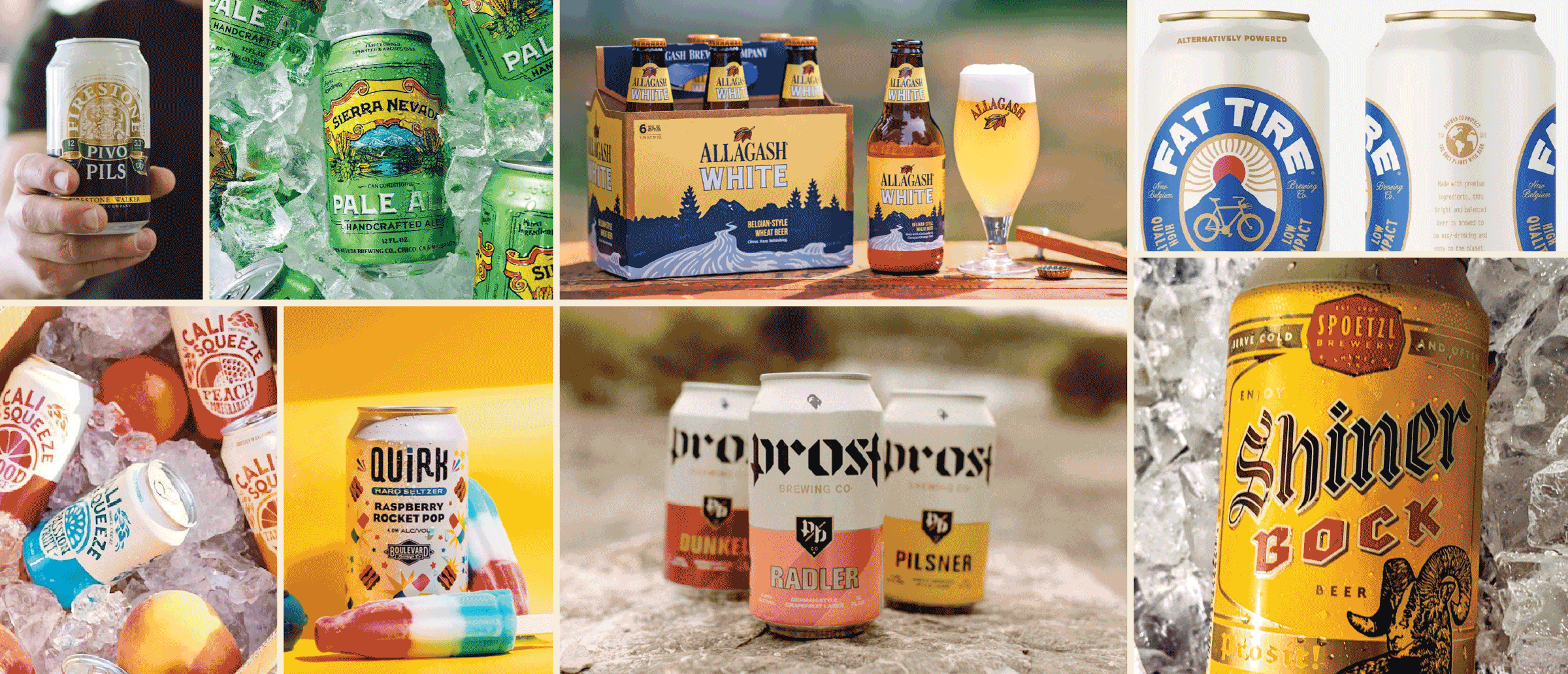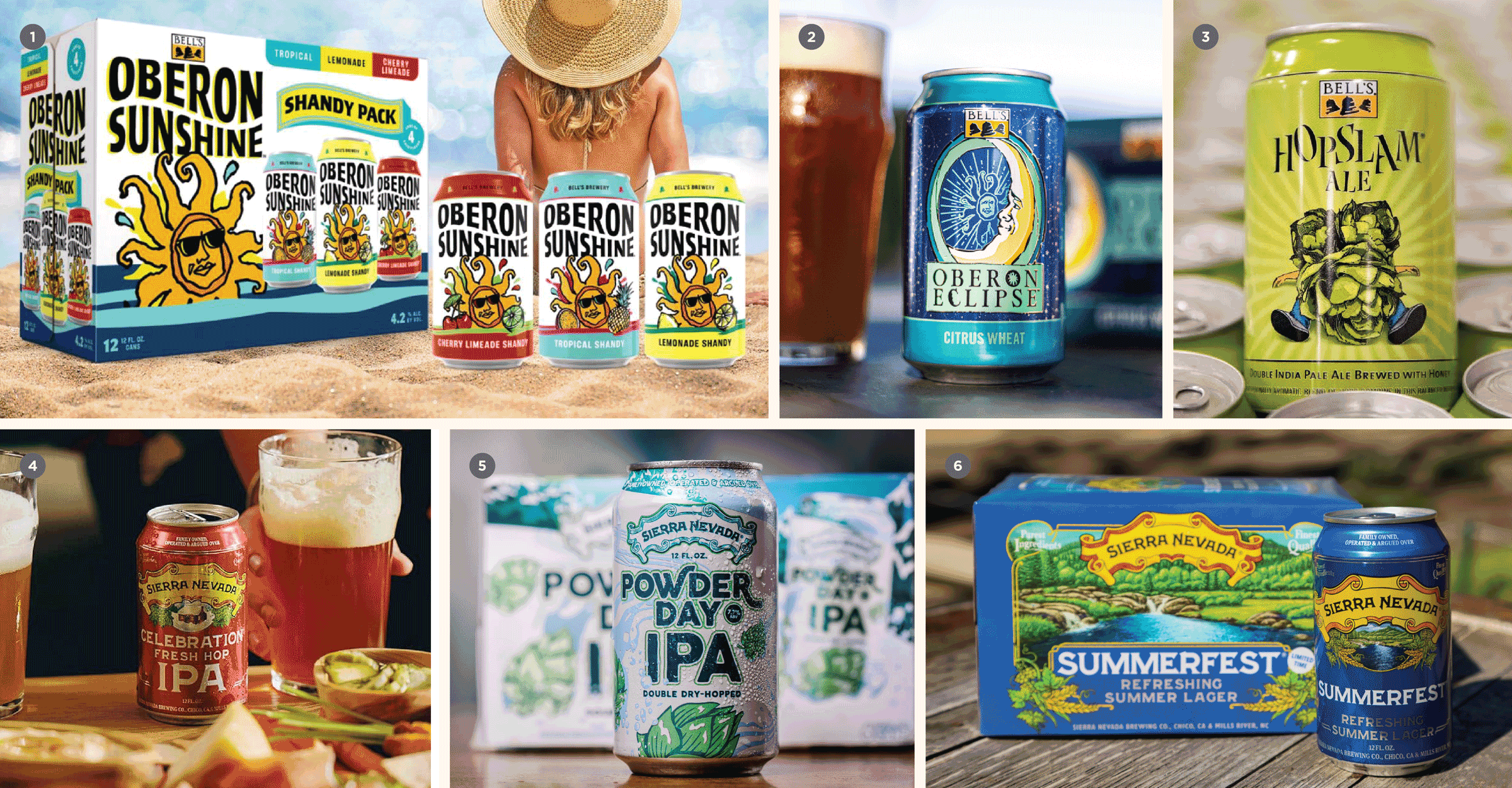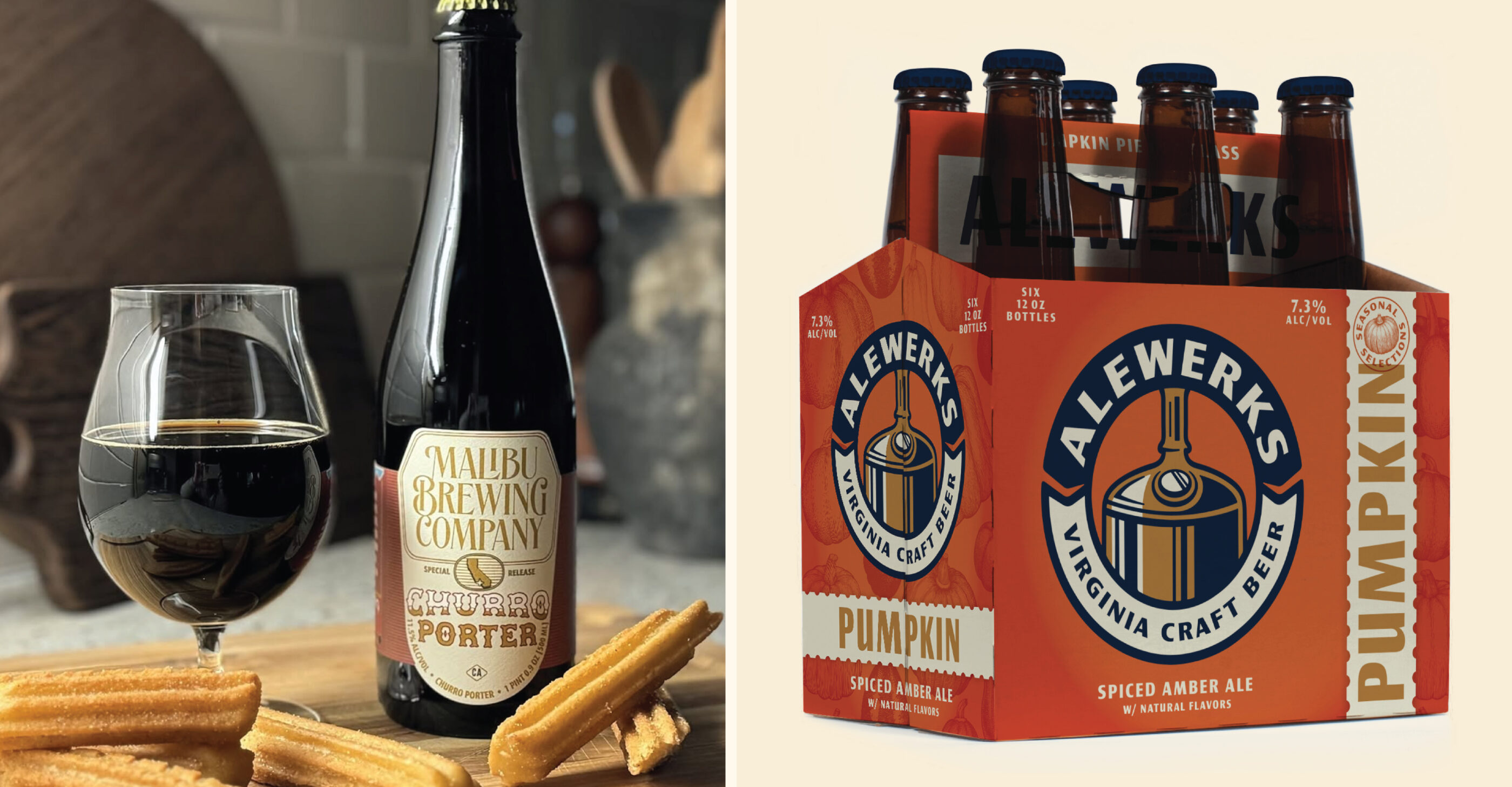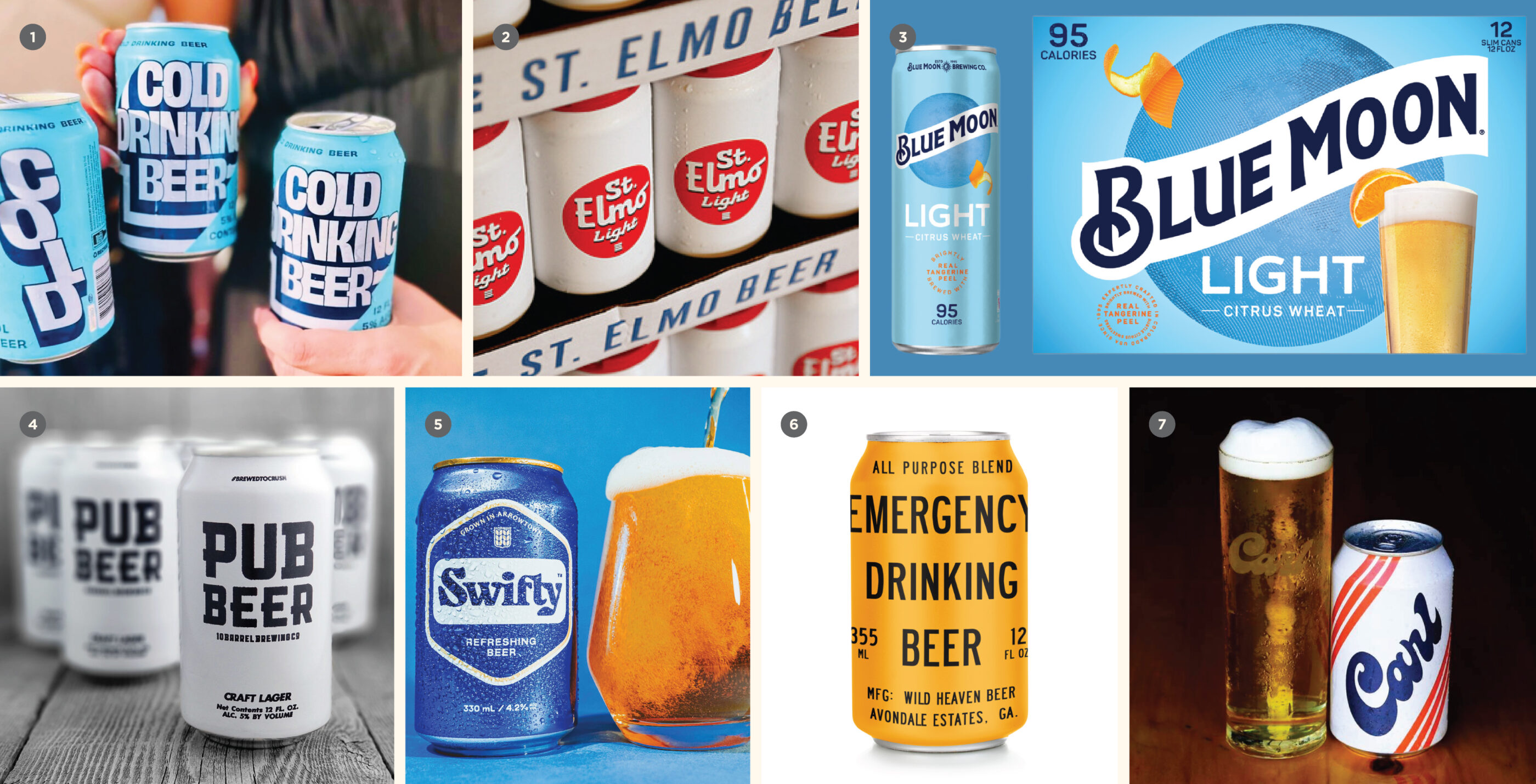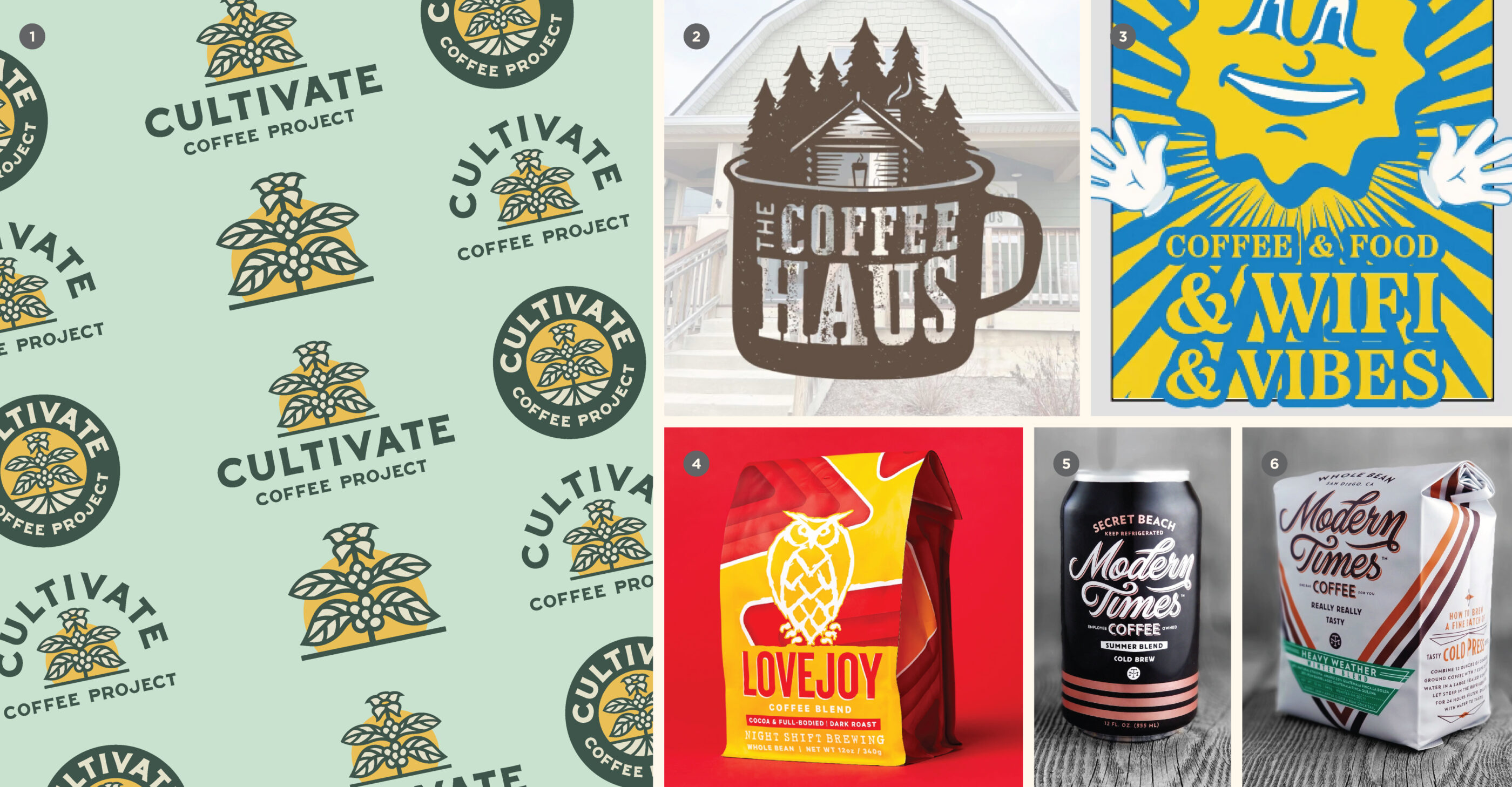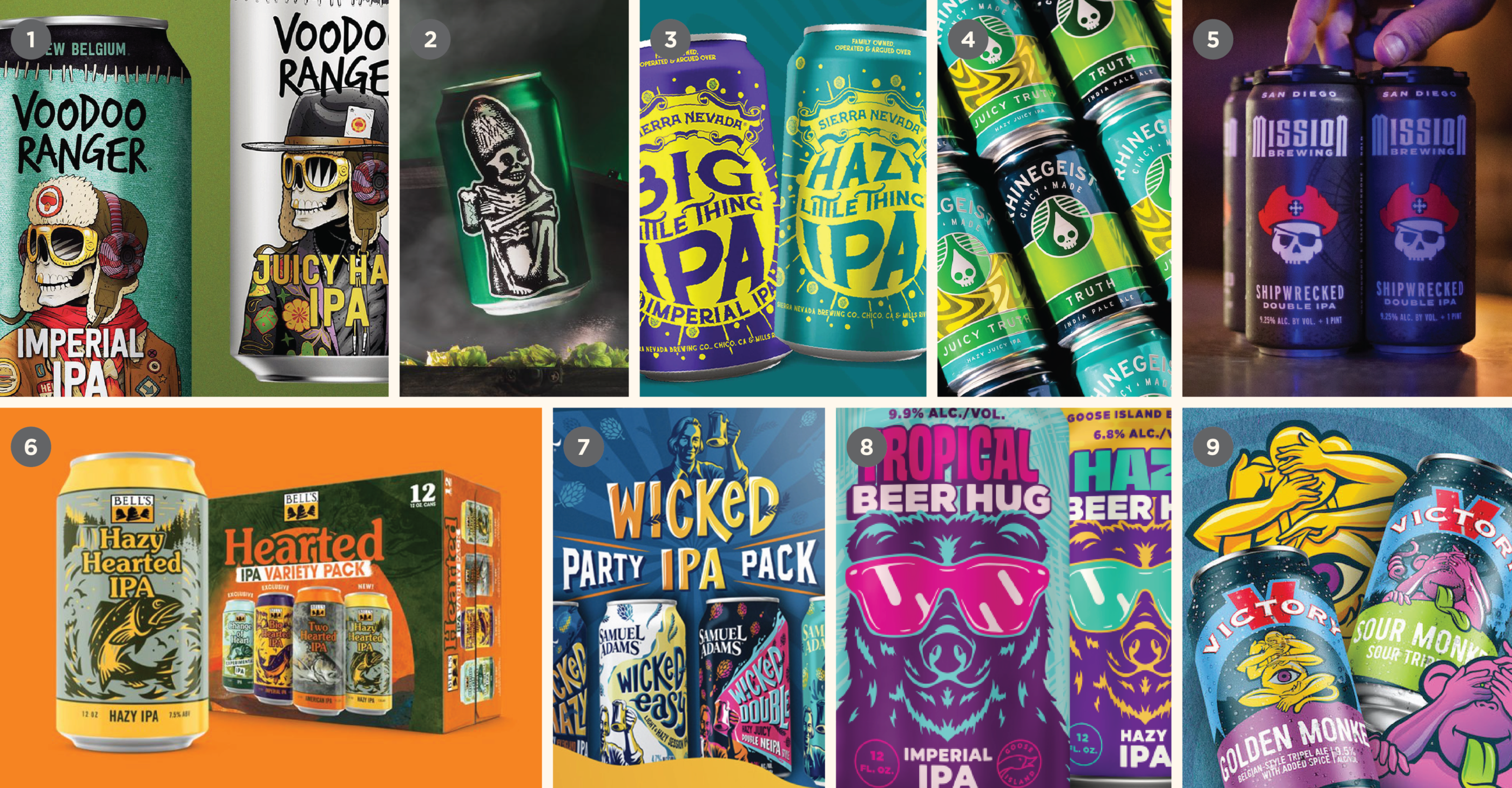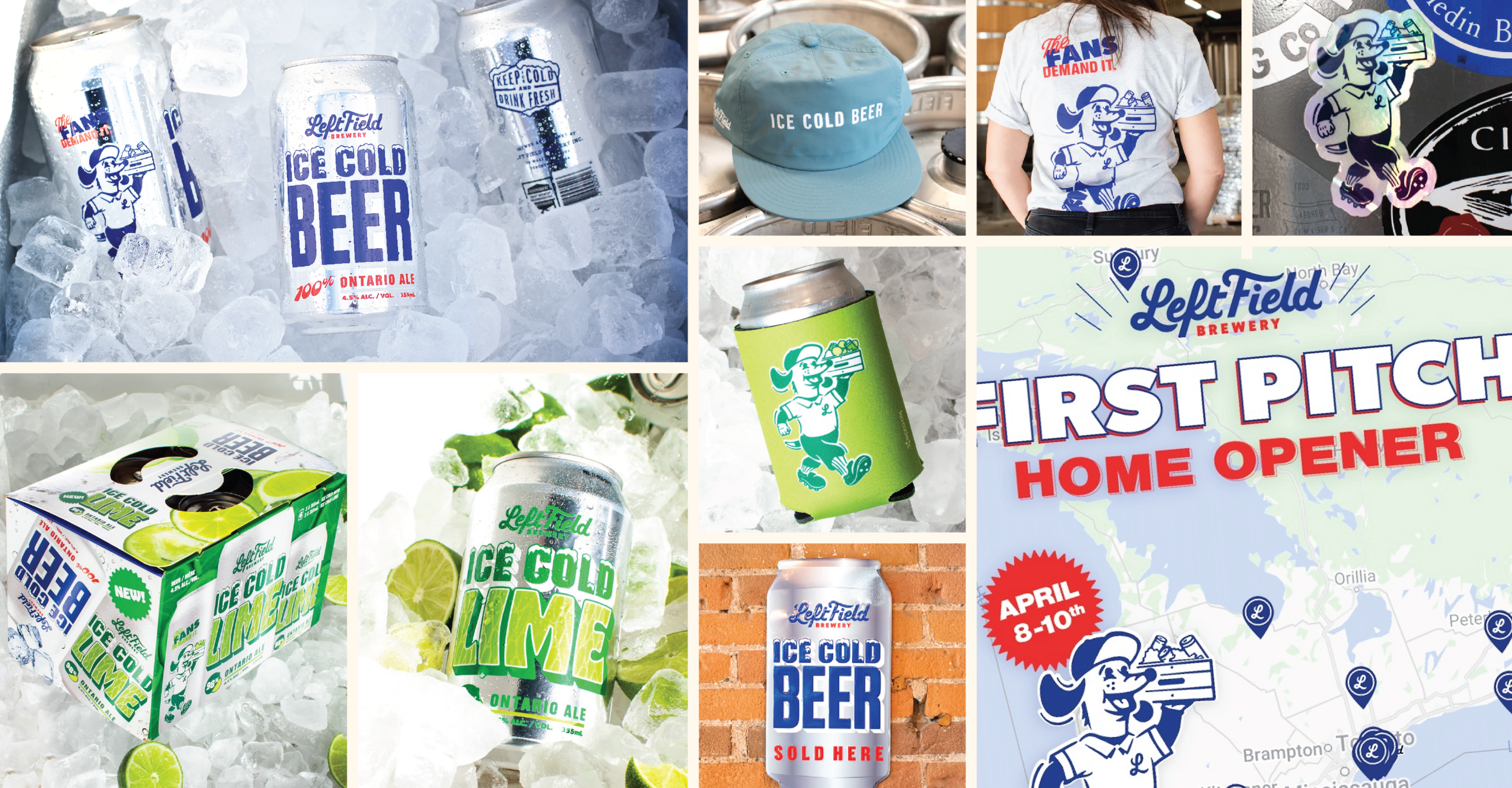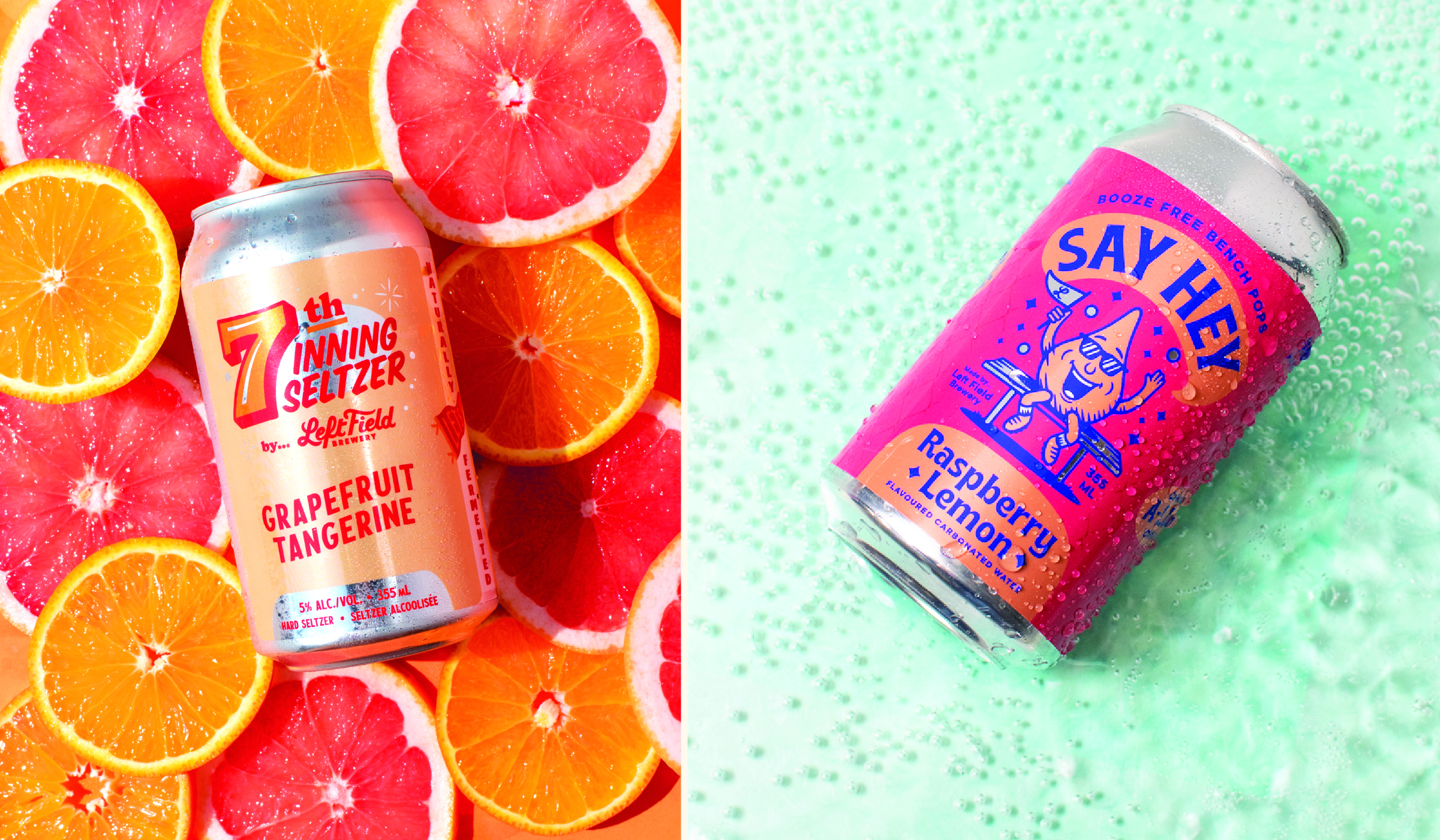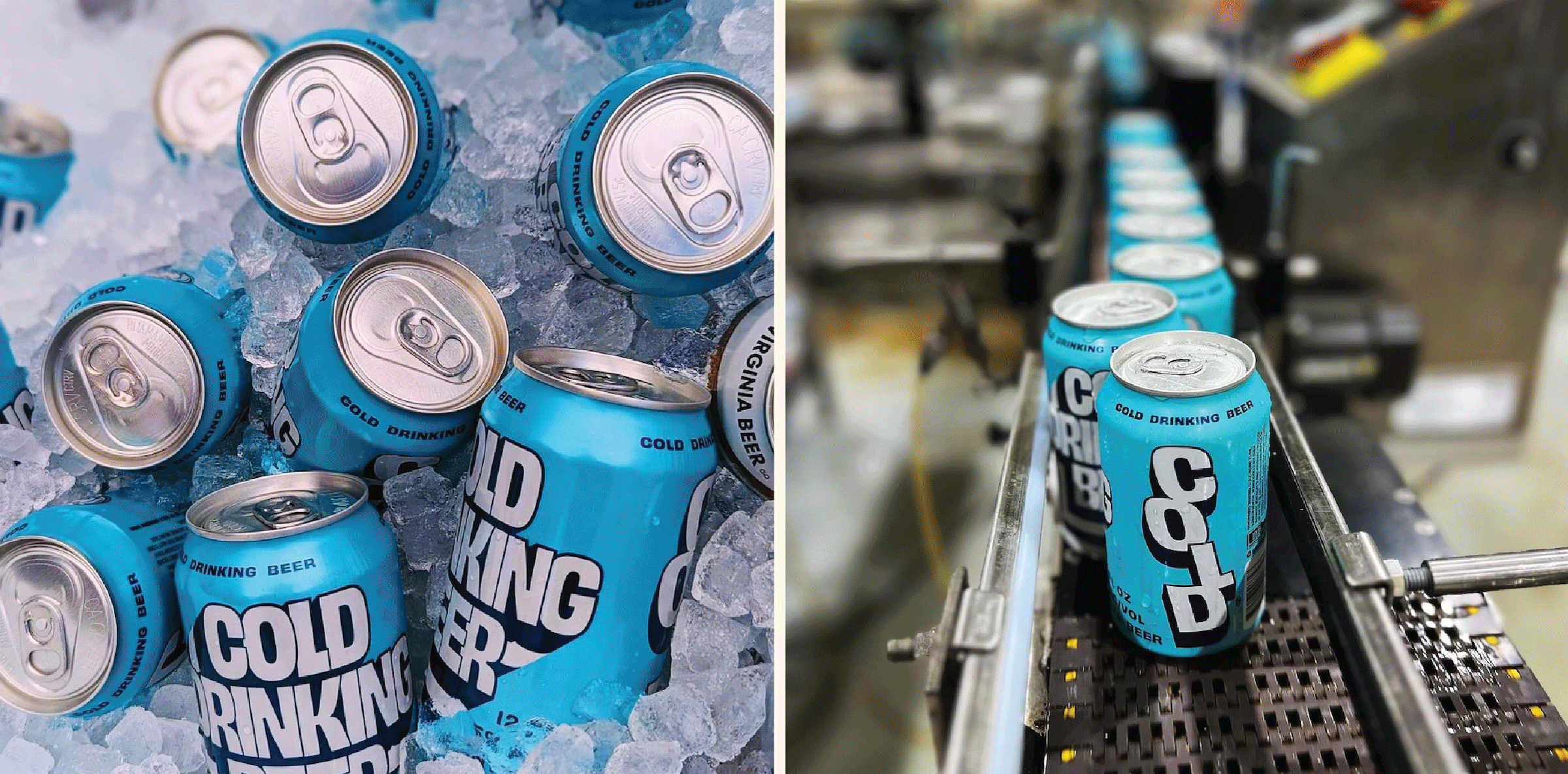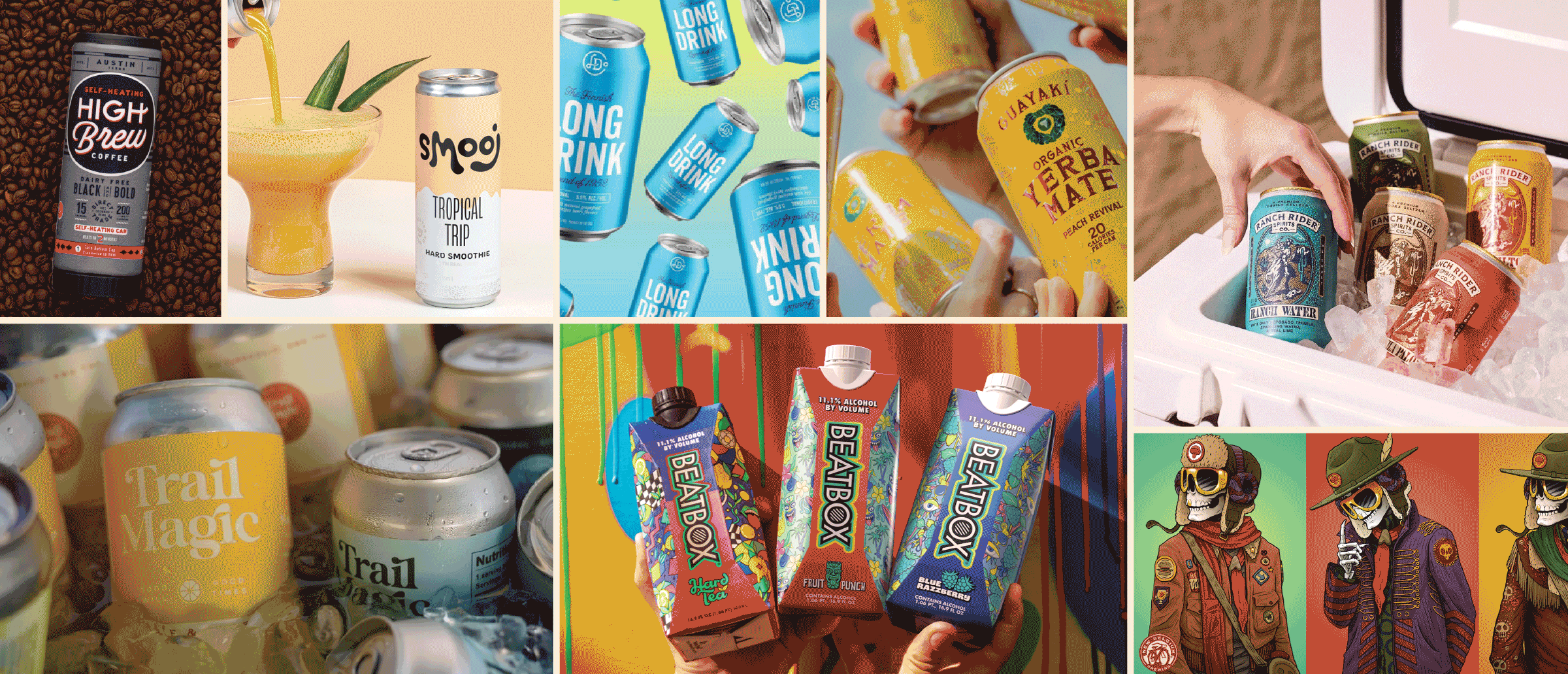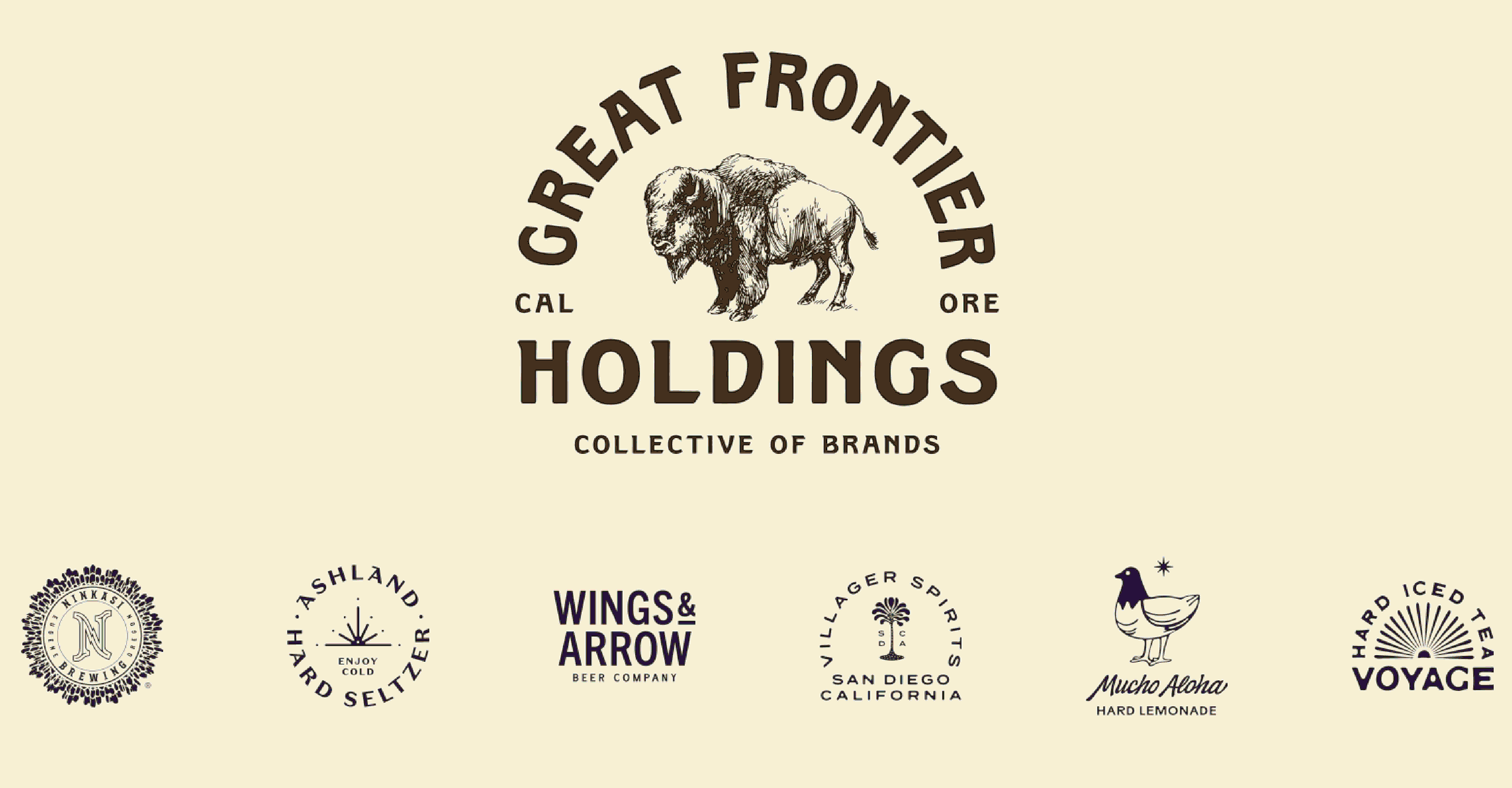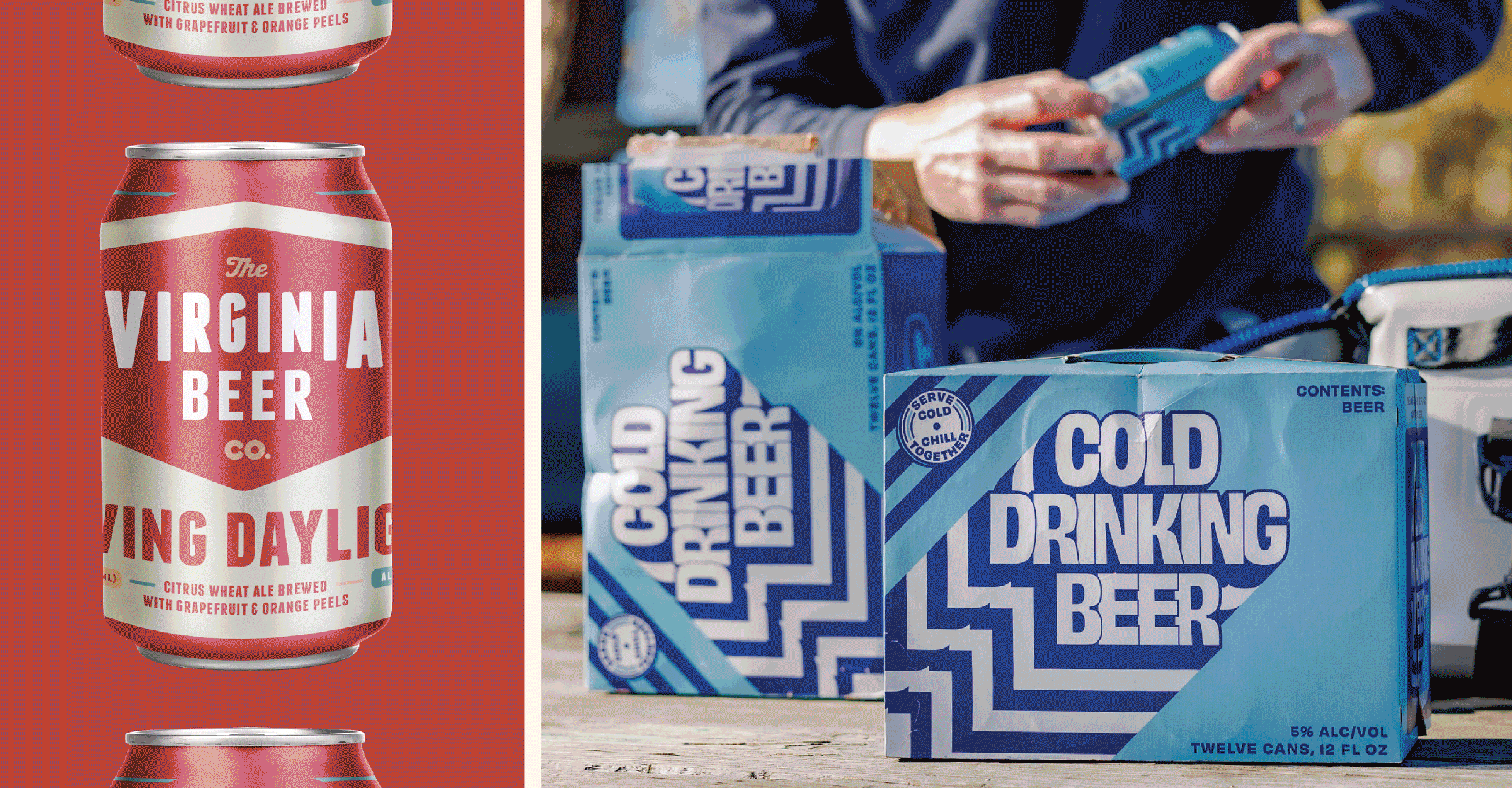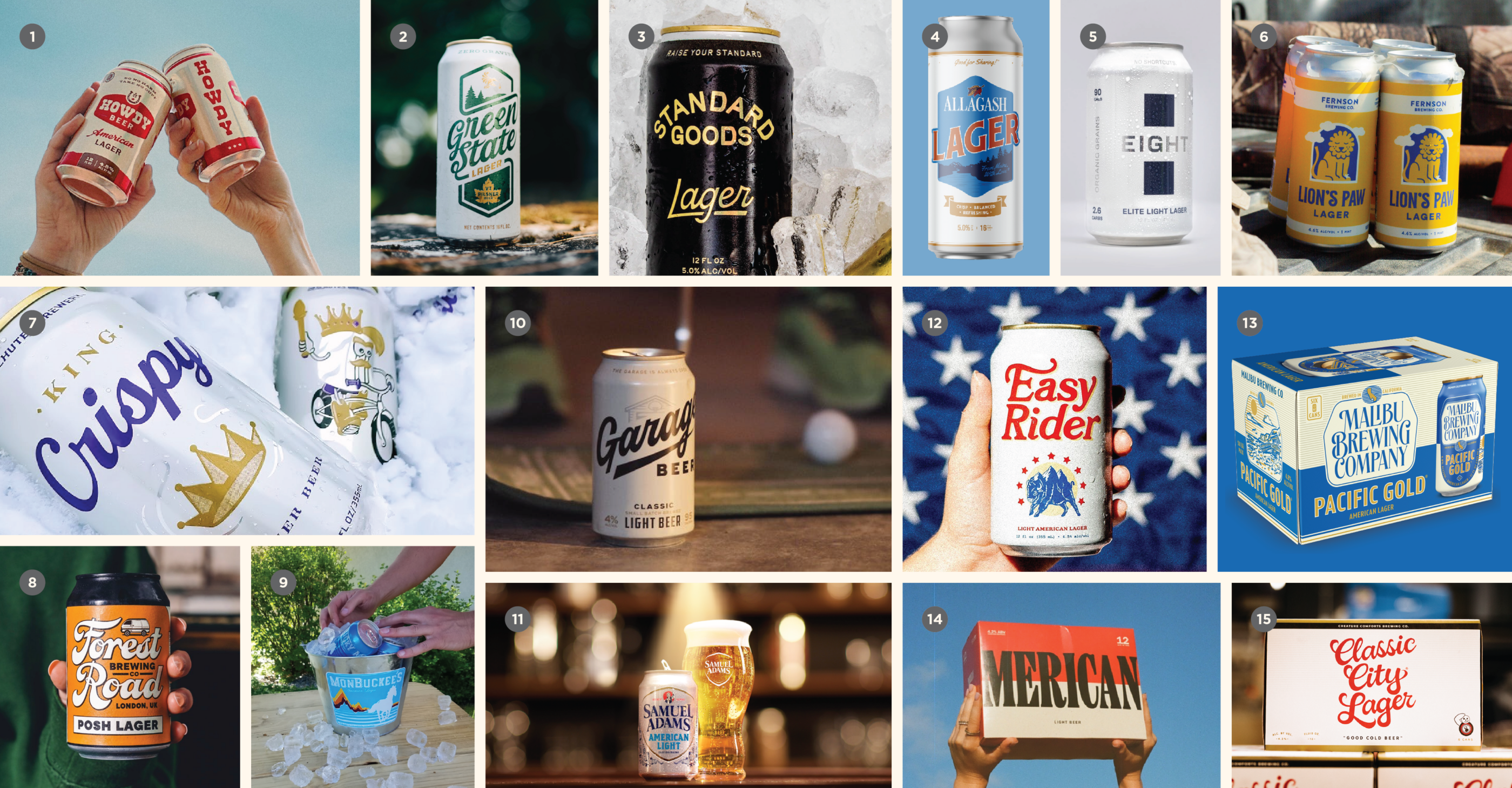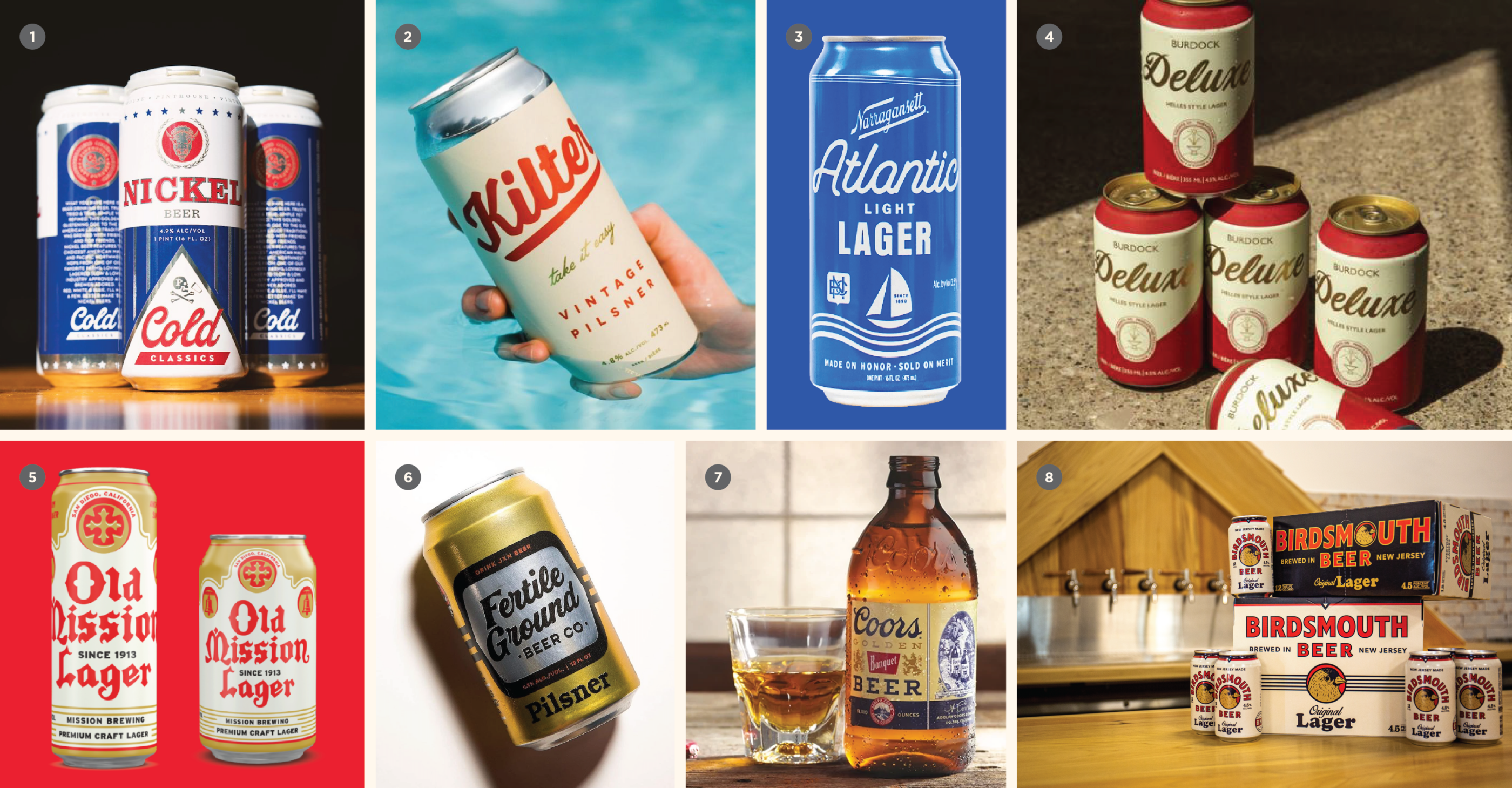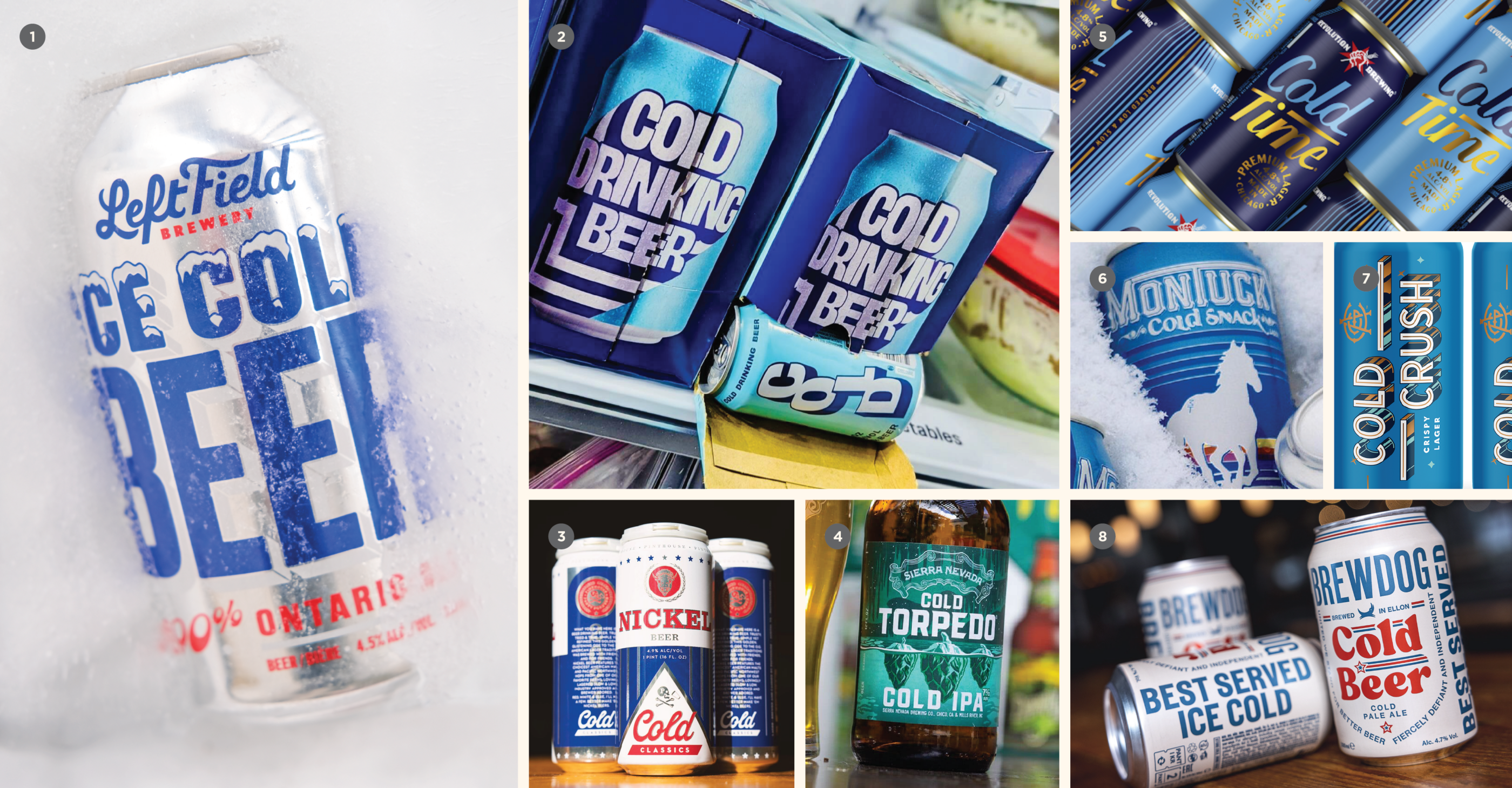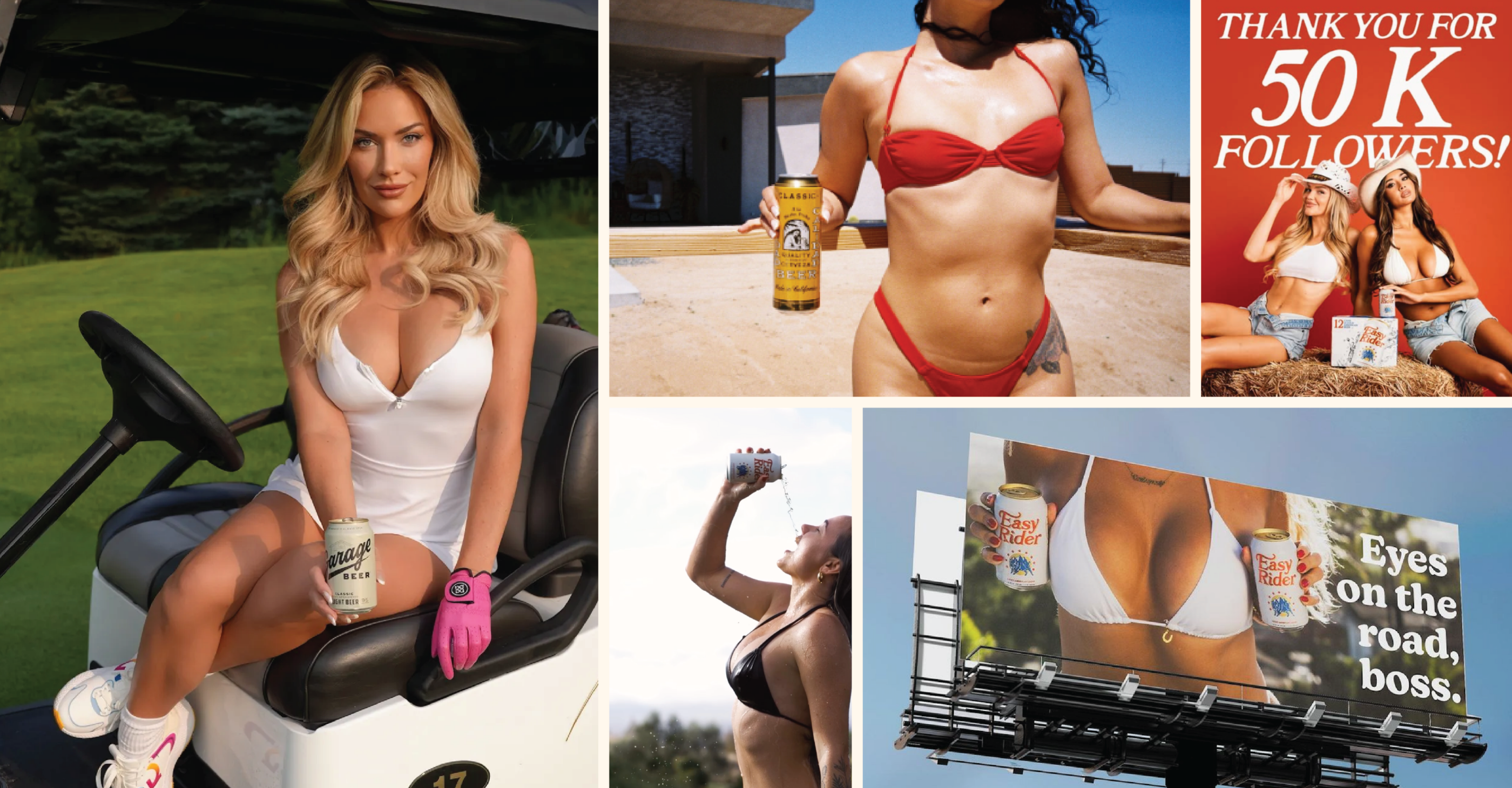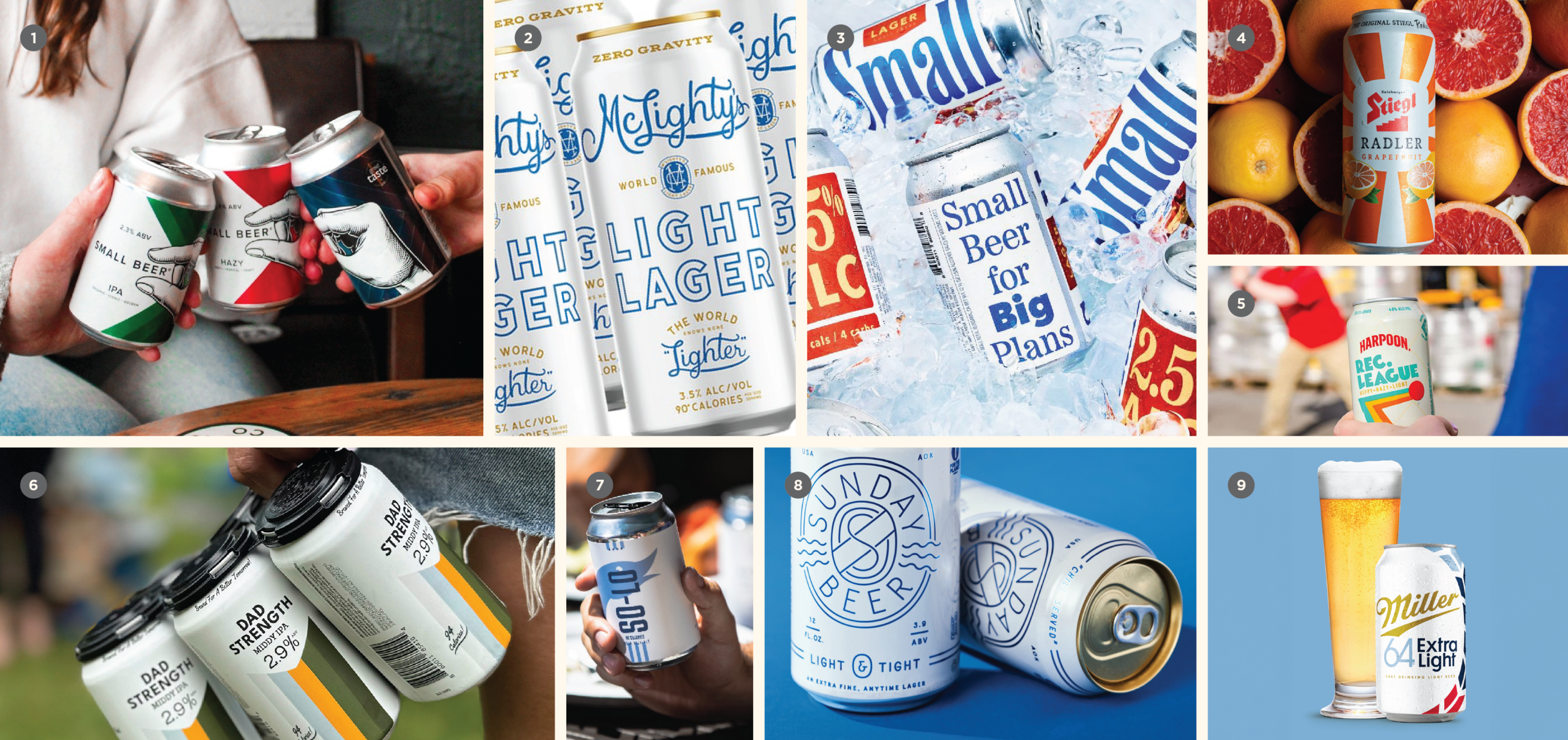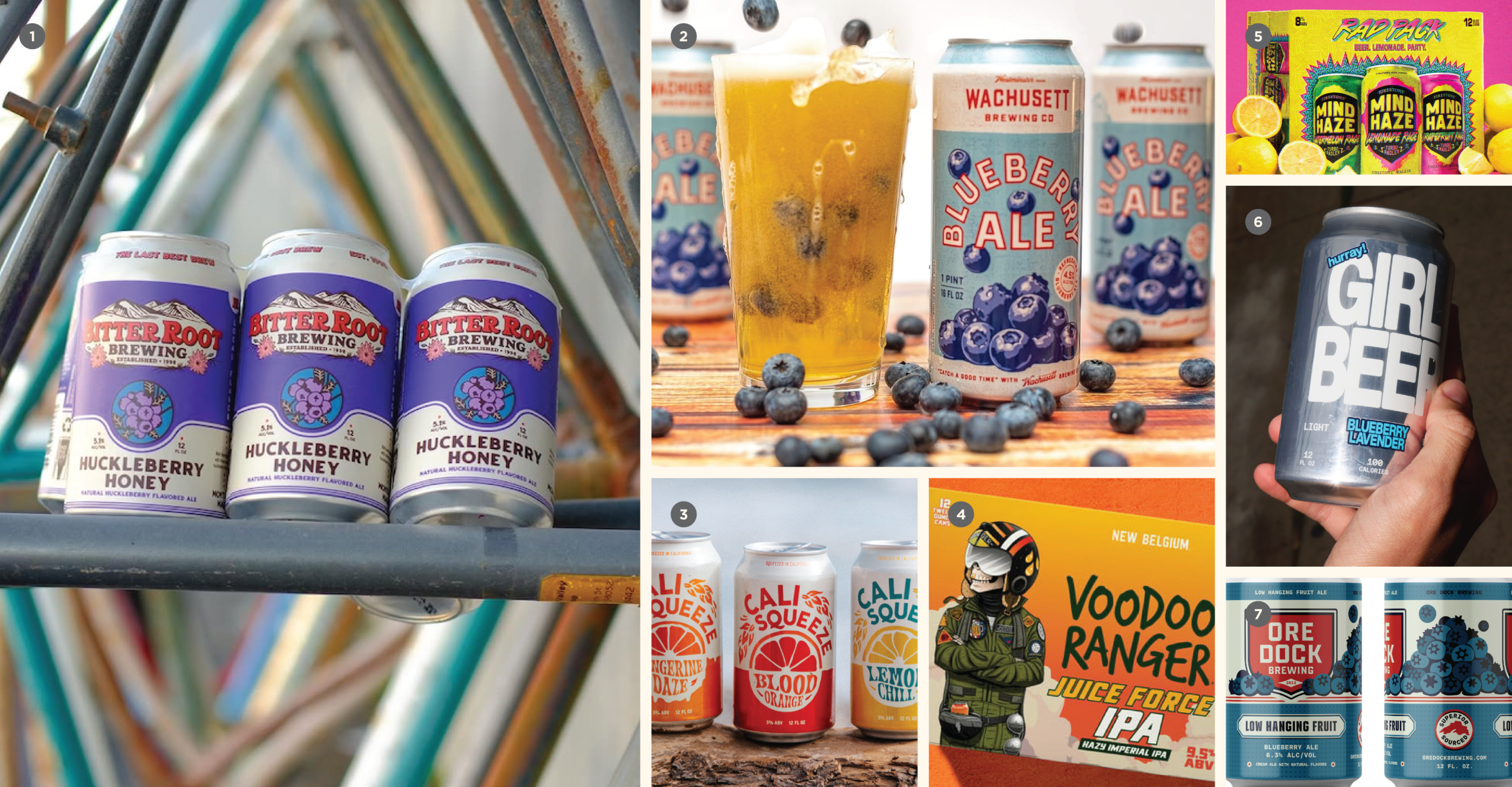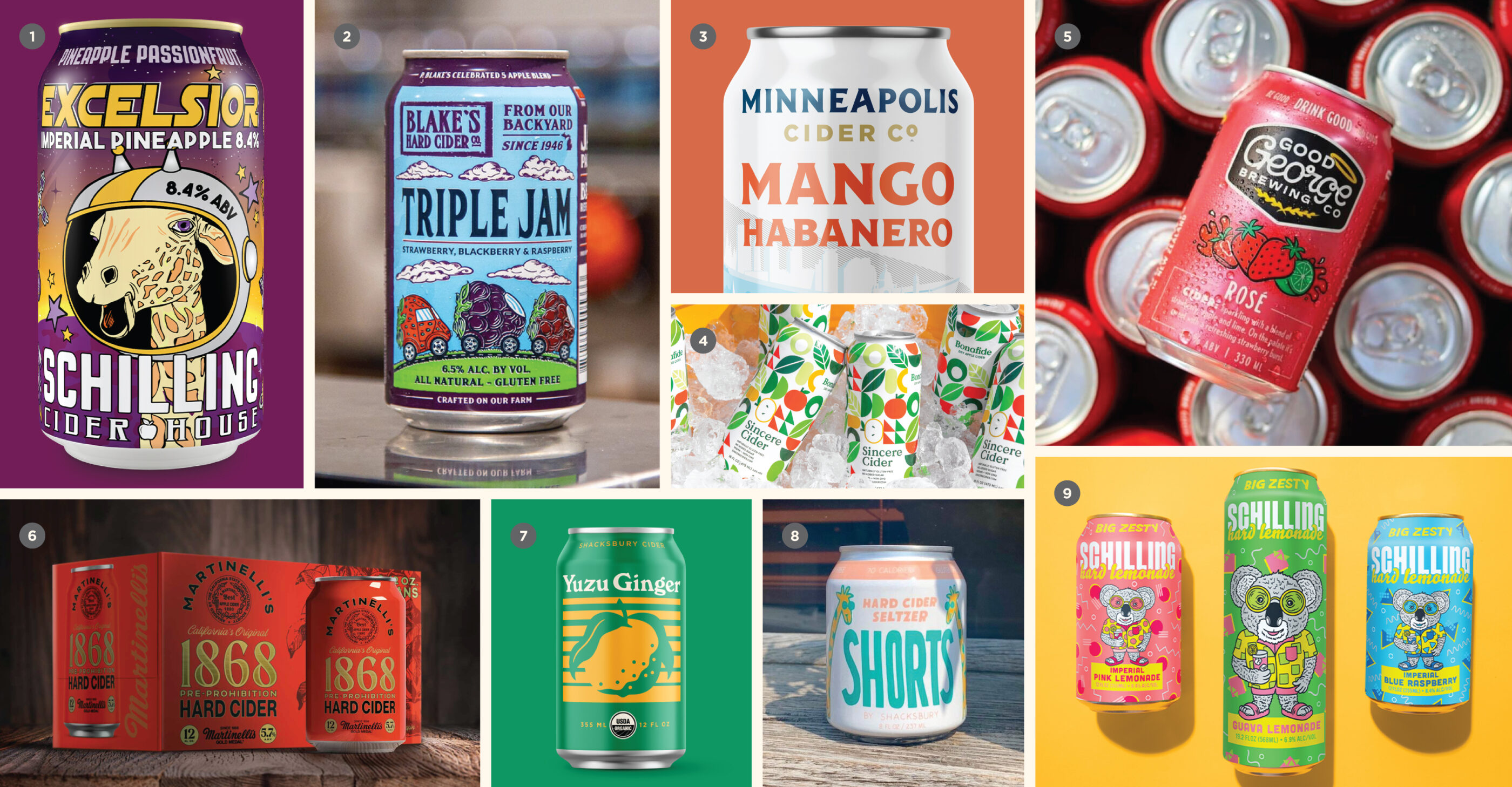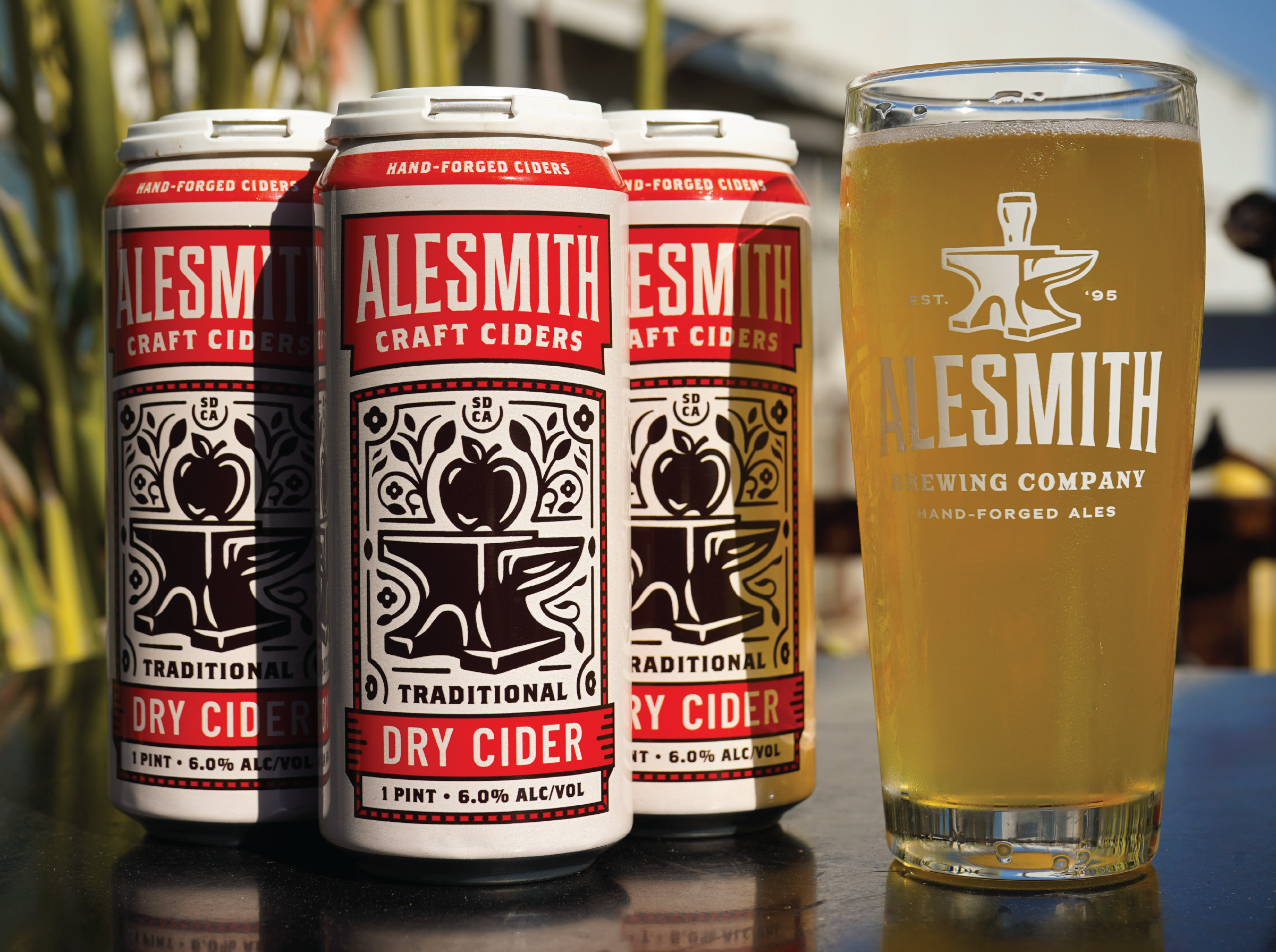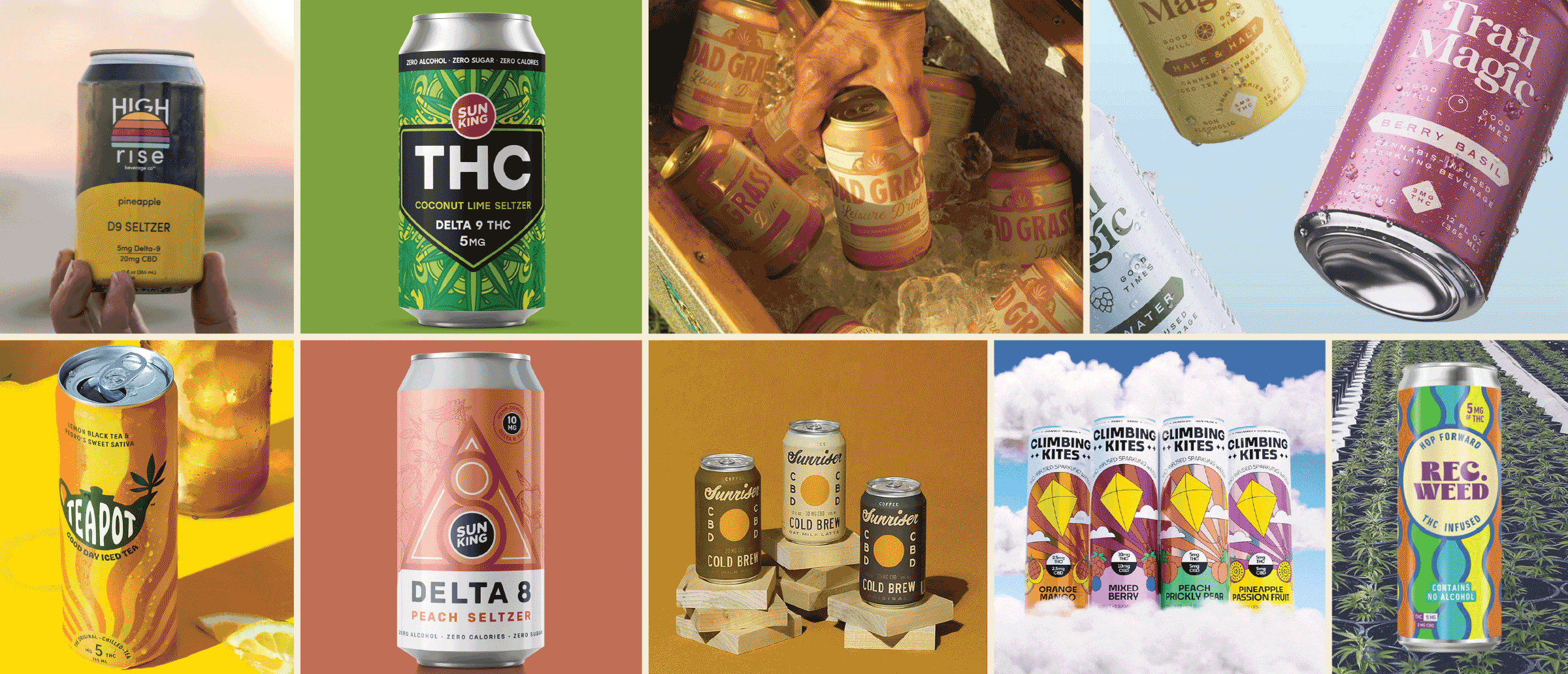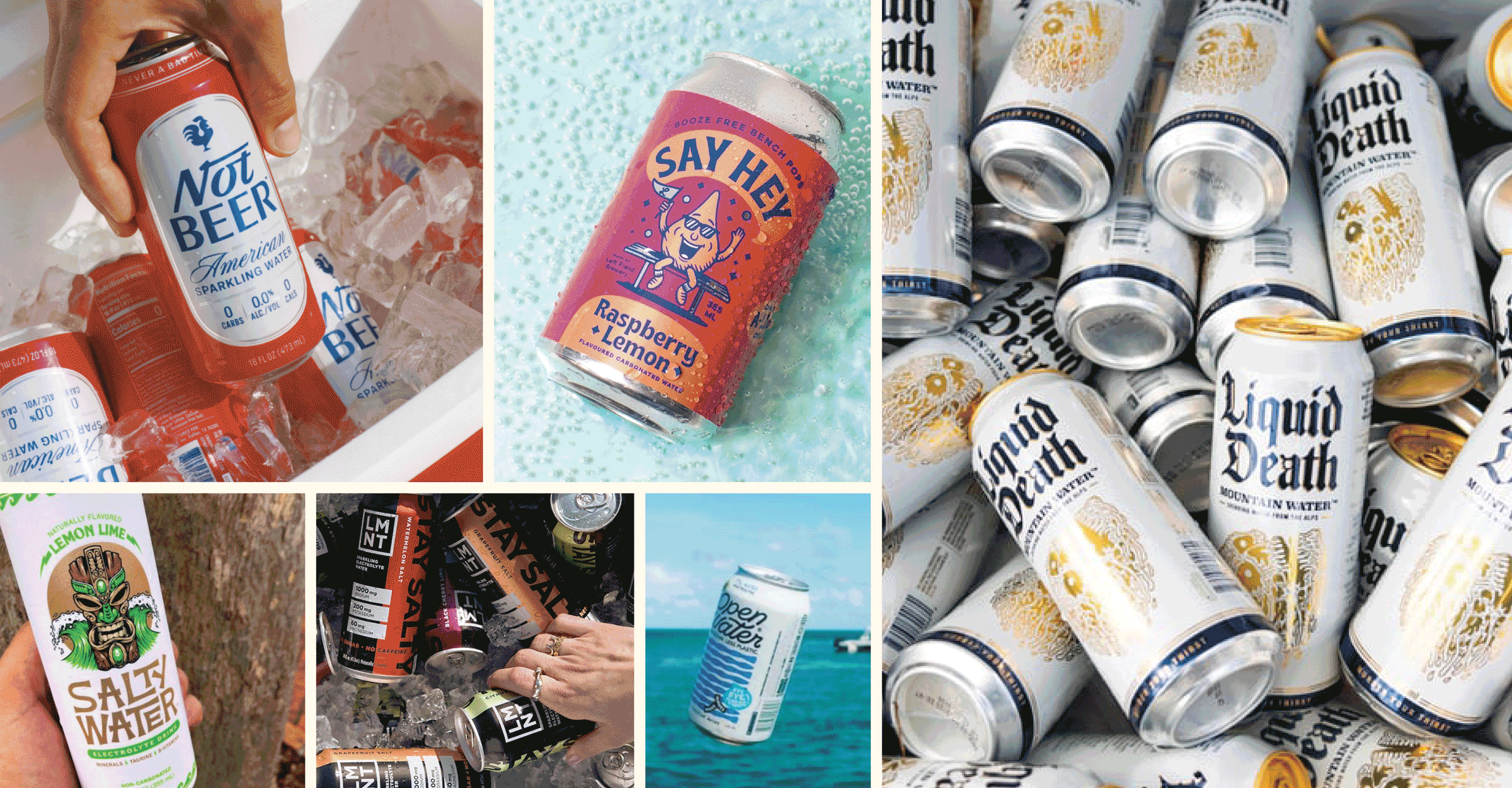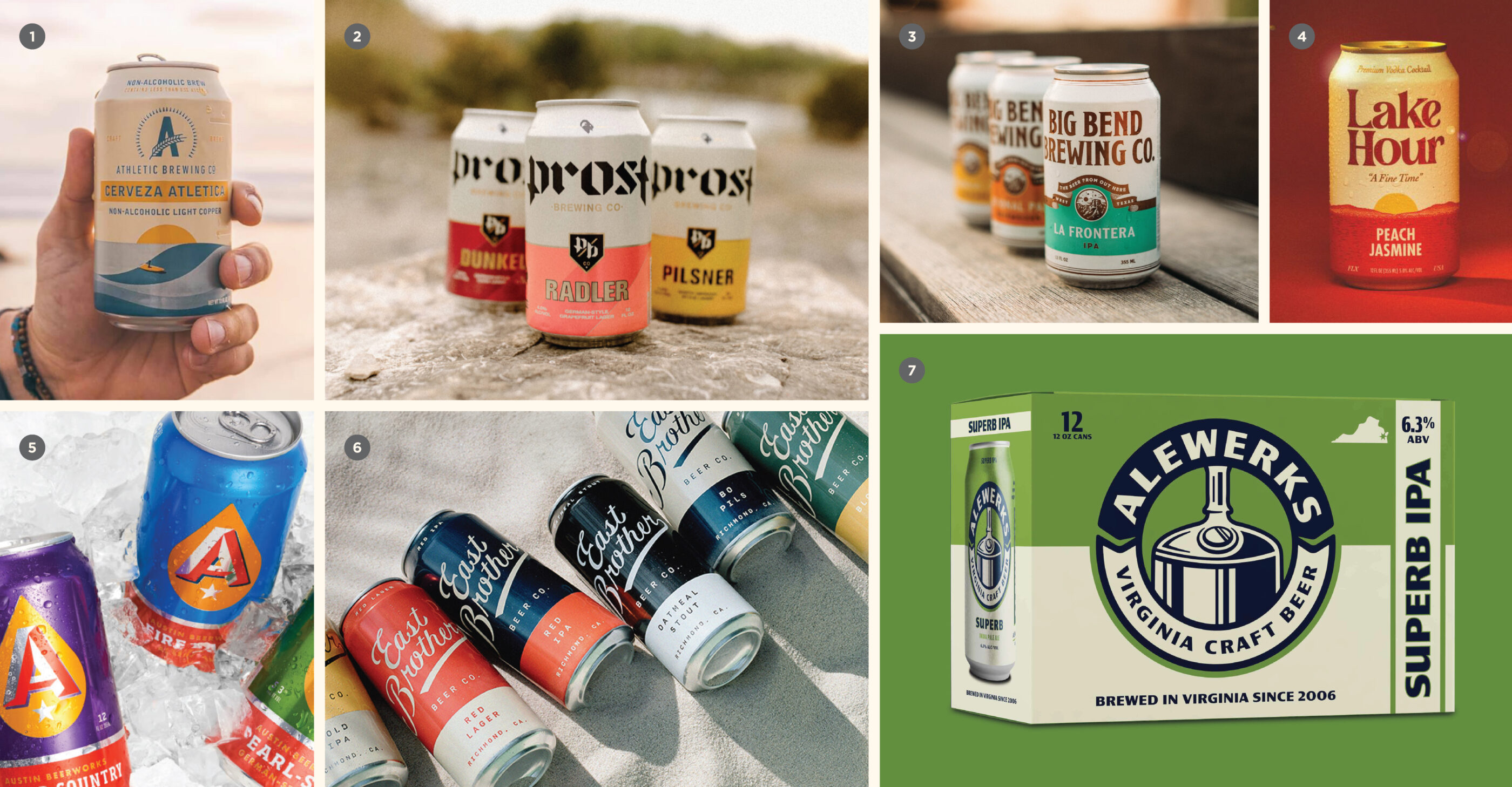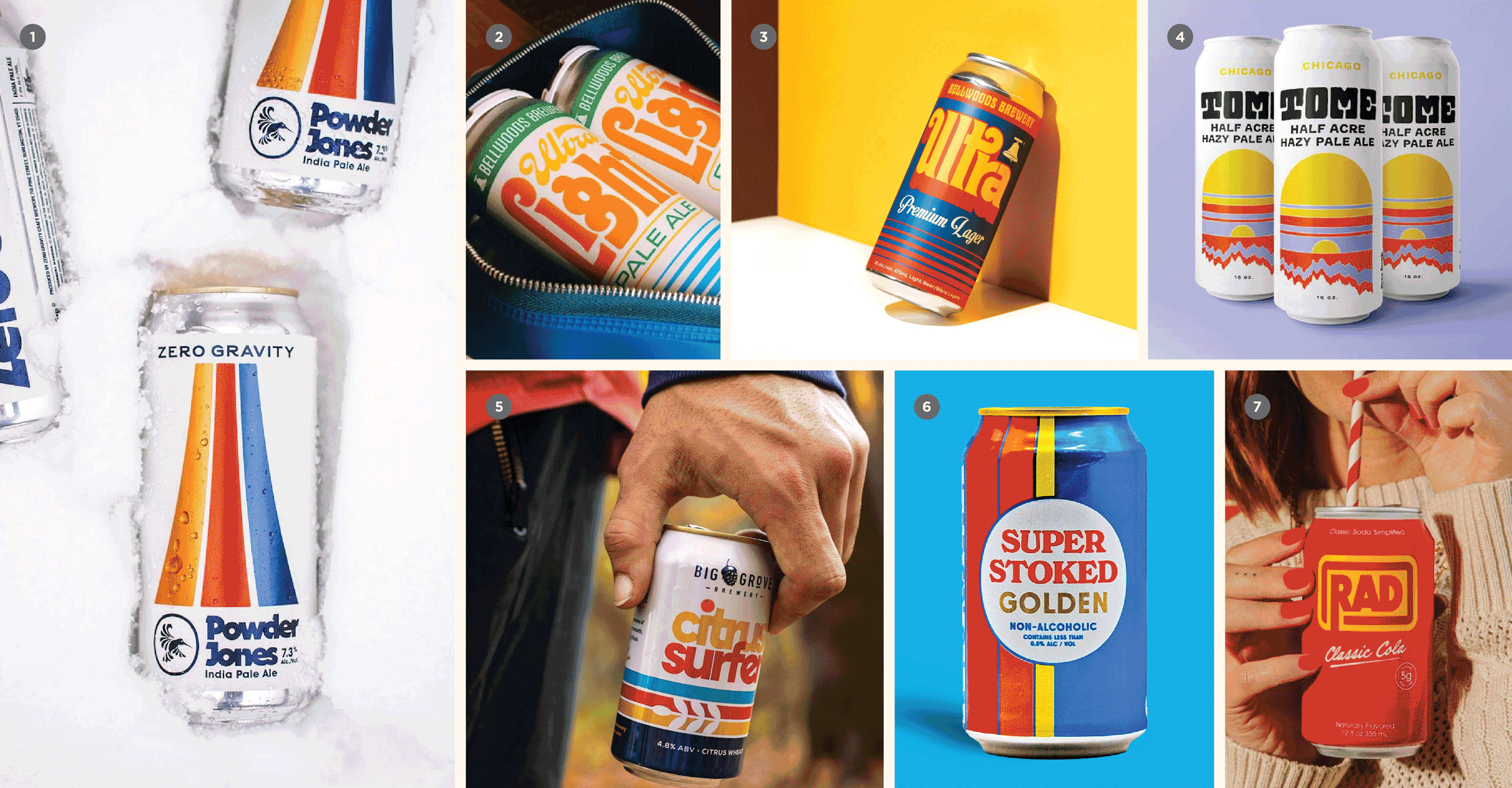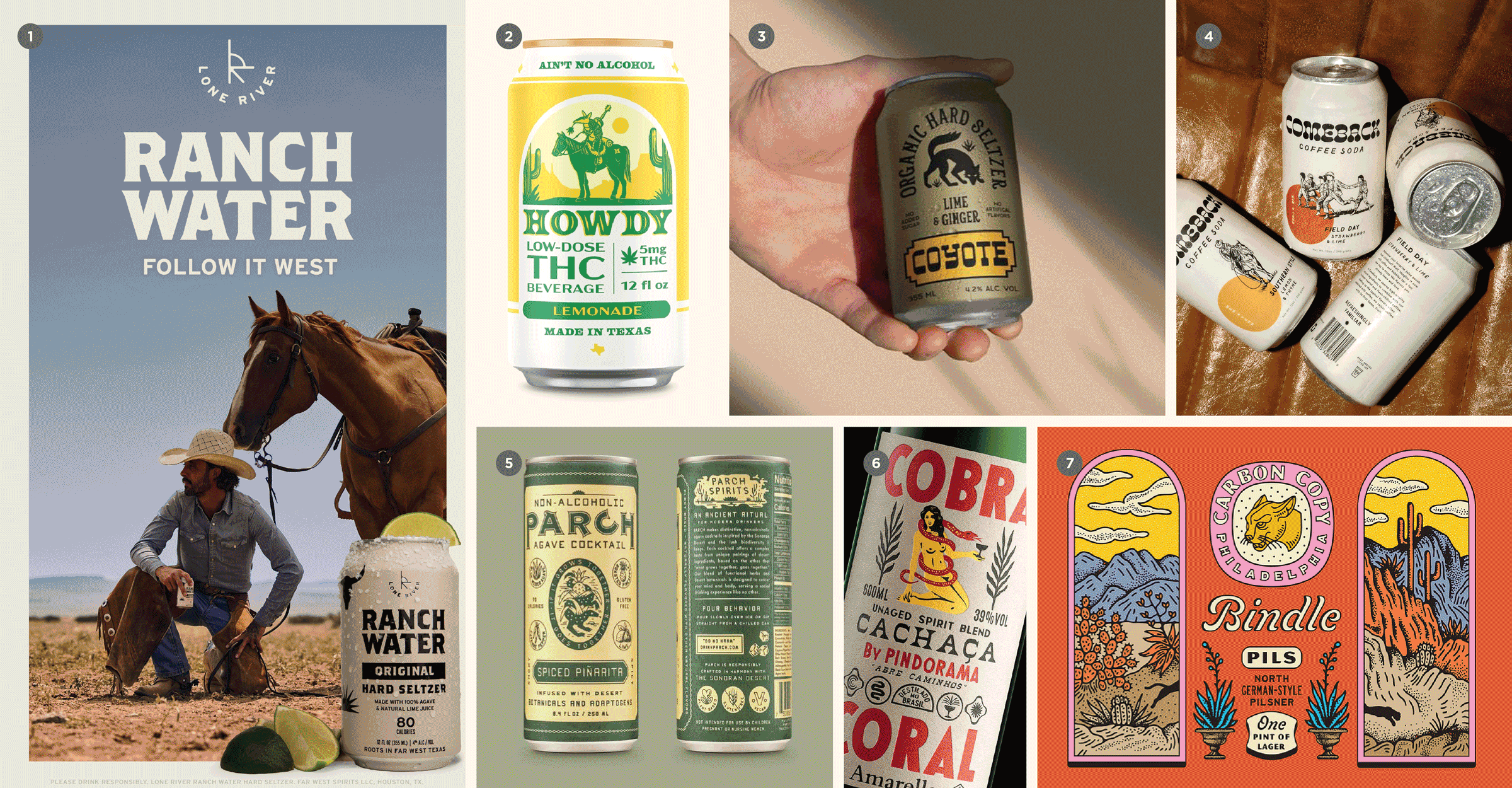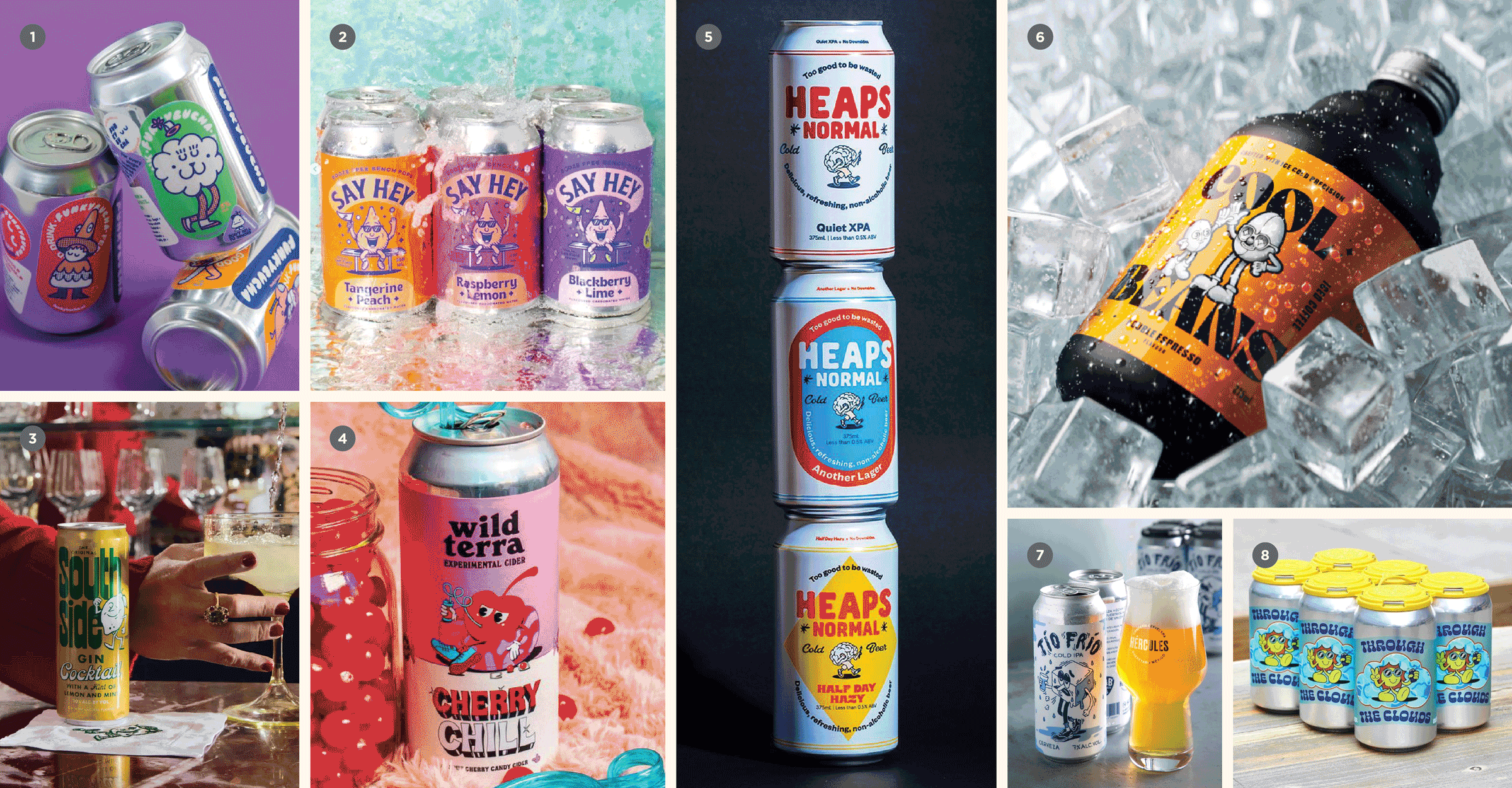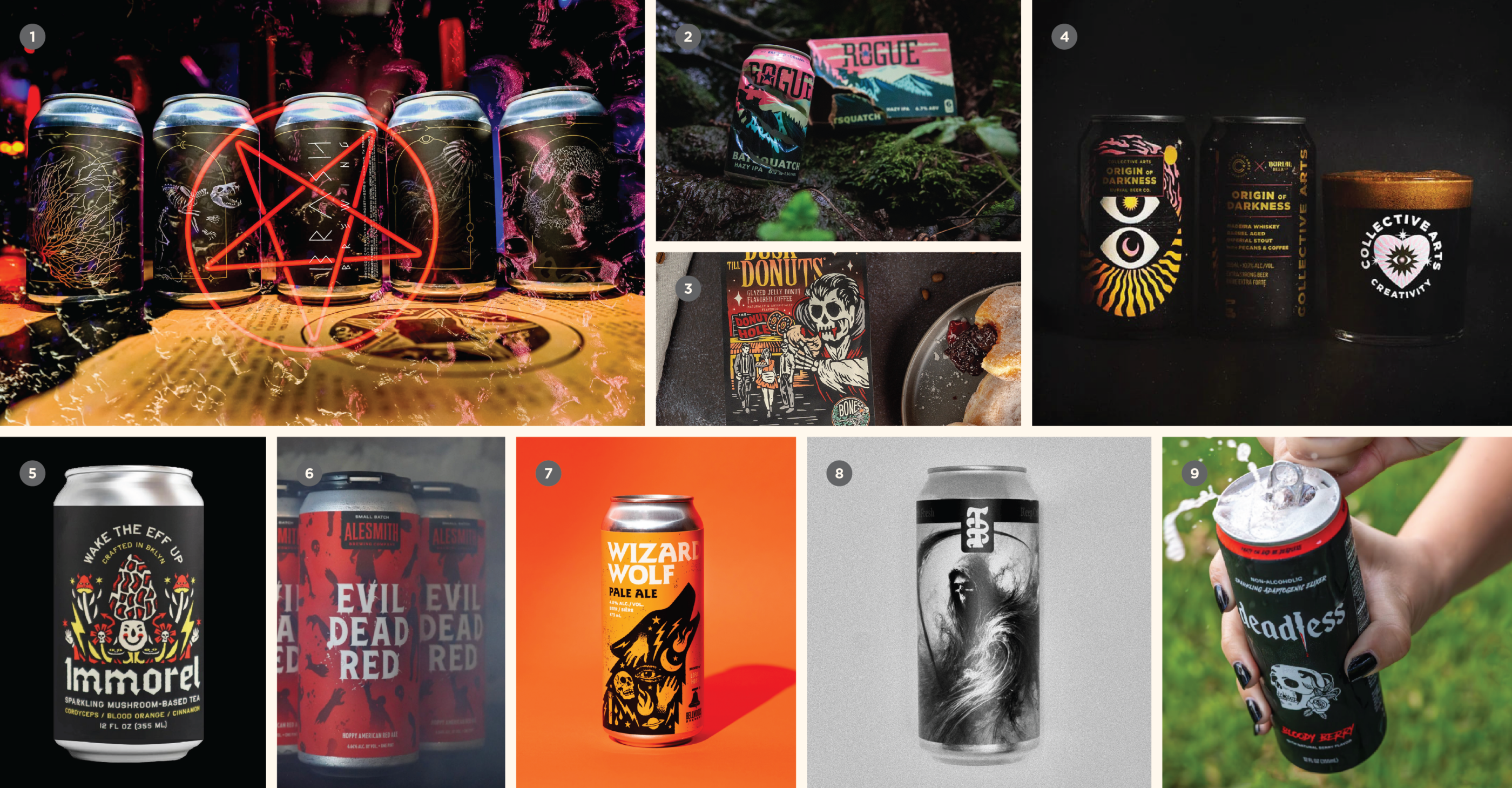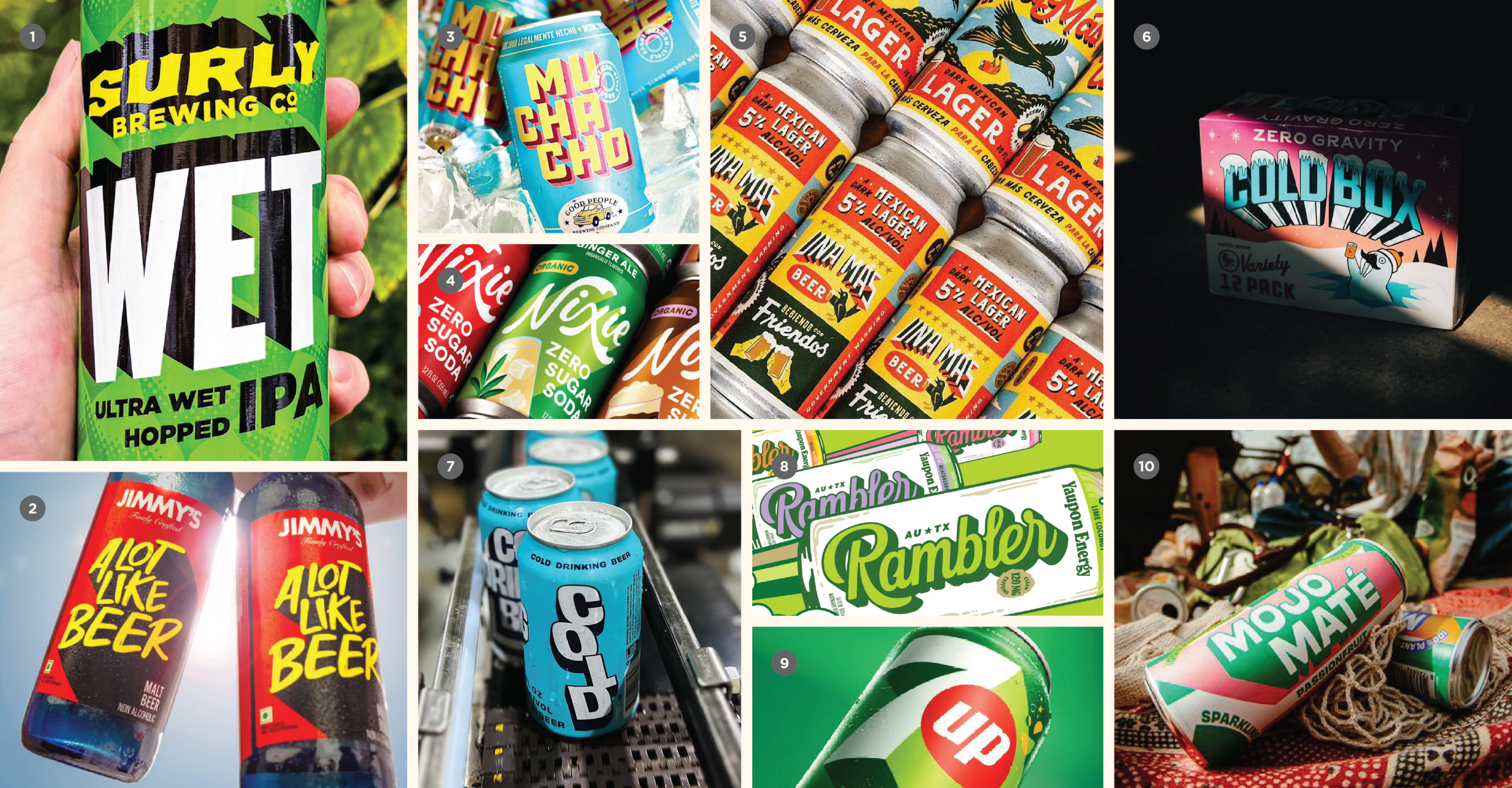Now that you know what a package refresh is, let’s discuss some important nuances of this process to determine whether this could be a good approach for your brewery.
Package refresh vs. a deeper rebrand: On weighing risk vs. reward
The biggest issue driving a shift towards package refreshes is the challenging market we’re all facing.
A tough market requires being nimble no matter what. But in this context, a wholesale rebrand — complete with Brand Strategy, updating your brand identity, packaging (and the rest of your touch points) and managing the complex process of launching the new look — represents a big investment (both in time and budget) that might be hard to swingright now.
To put it bluntly, rebranding is never without risk. And we’re seeing people becoming more risk-averse and more budget conscious due to the economic environment we’re in.
In 2024, Allagash founder Rob Tod put it well when he said that today’s beer market is a “game of inches.” Every dollar counts. Every barrel, every case, every account, all of it.
Unless your brewery’s brand identity and positioning pose an immediate and existential threat to your business, it can be easier, faster and less risky to look for opportunities to drive incremental growth elsewhere.
So, a brand refresh that addresses annoying inconsistencies or a package refresh that breathes new life into your on-shelf presence may be a better investment than burning everything to the ground and starting fresh 29 years in (even if that’s what your heart really wants).
TLDR: A package refresh can help you find the quick wins with less risk.
Cost is subjective
I need to qualify that a refresh can be more affordable relative to a rebrand where you’re working through Brand Strategy (positioning and audience definition, brand voice, Key Communication Pillars, Brand Essence and Architecture) and a Brand Identity update en route to refreshing your packaging.
If — and this is a big IF that we’ll explore in a moment — your brand is on solid footing, then a package refresh can be a great investment that bypasses the additional cost (in budget and time) of a larger rebrand.
How big a swing can you take?
Do you want to subtly evolve your packaging or take a bigger swing? And how should your visual and Brand Equity inform this decision? Our usual caveat here is that every project, background context and competitive set will differ and therefore call for a different solution. That said, I would offer that a package refresh doesn’t have to be as limiting as a brand refresh.
In other words, don’t let the term “refresh” limit you here.
You can change your packaging, even dramatically so, through this process. Assuming this is a true package refresh and we’re not updating your brand identity, then your logo, along with any sacrosanct visual equity (e.g. SKU colors, or a long-standing packaging composition) should provide enough continuity to ensure your update doesn’t push too far away from where you stand today.
In this way, a package refresh can be an opportunity to take a bigger departure from where your packaging currently sits, so long as that aligns with your project and positioning goals. Our work with Fernson Brewing is a great example of a package refresh that dramatically departs from their previous packaging’s look and feel.
When your equity calls for a refresh
One counter to our previous point — an argument against making too drastic a change — would be if your packaging has so much visual equity that it’s better to evolve its look through your update.
We’ve explored visual and Brand Equity at length in our newsletter and podcast. In the interest of keeping this issue somewhat short, you can revisit some of our most popular pieces on these concepts below:
> What is Brand Equity, really? – [ BBT Newsletter ]
> Defining your Brand Equity: Fast & Slow [ BBT Newsletter ]
+ Podcast
> When to jettison your Brand Equity – [ BBT Newsletter ]
—
The risk of pushing too far – not honoring your visual and Brand Equity through a package refresh – is real. People can easily lose track of you on the shelf or become confused and/or alienated by the change. And with thousands of other options immediately at their disposal, they can simply move on without a second thought.
But if you see a big enough opportunity, or if that equity doesn’t align with where you want to take your brand over the coming years, then don’t be overly precious about it.


